Foodie’s Bucket List: 24 Iconic Foods to Try Before You Die
Wandering around the globe, try out the signature tastes of cultures across ...
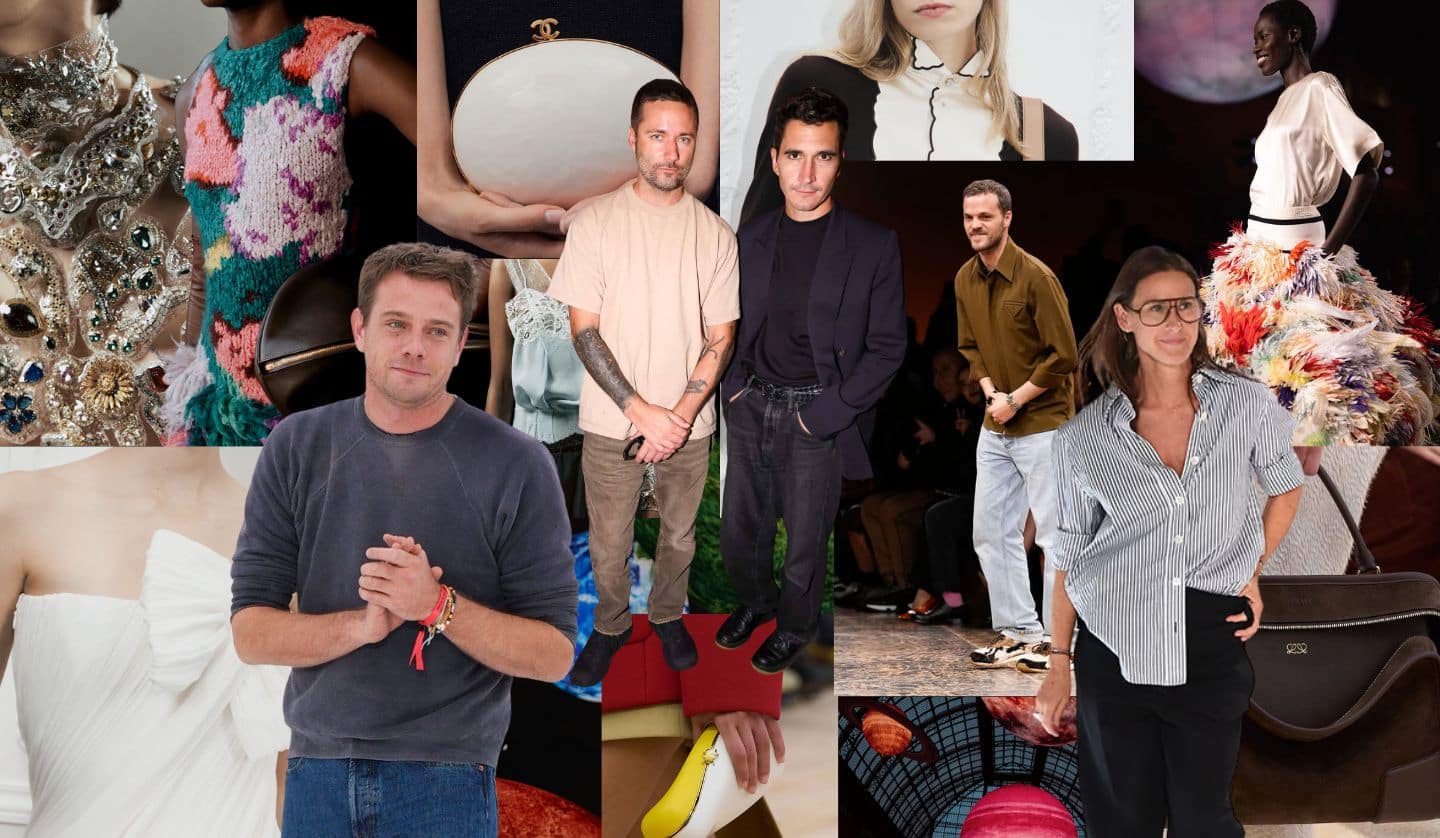
As the final shows drew to a close last week, one thing became clear: this season balanced classic heritage with a contemporary gaze. We list the creative directors who are making their debut this season below.
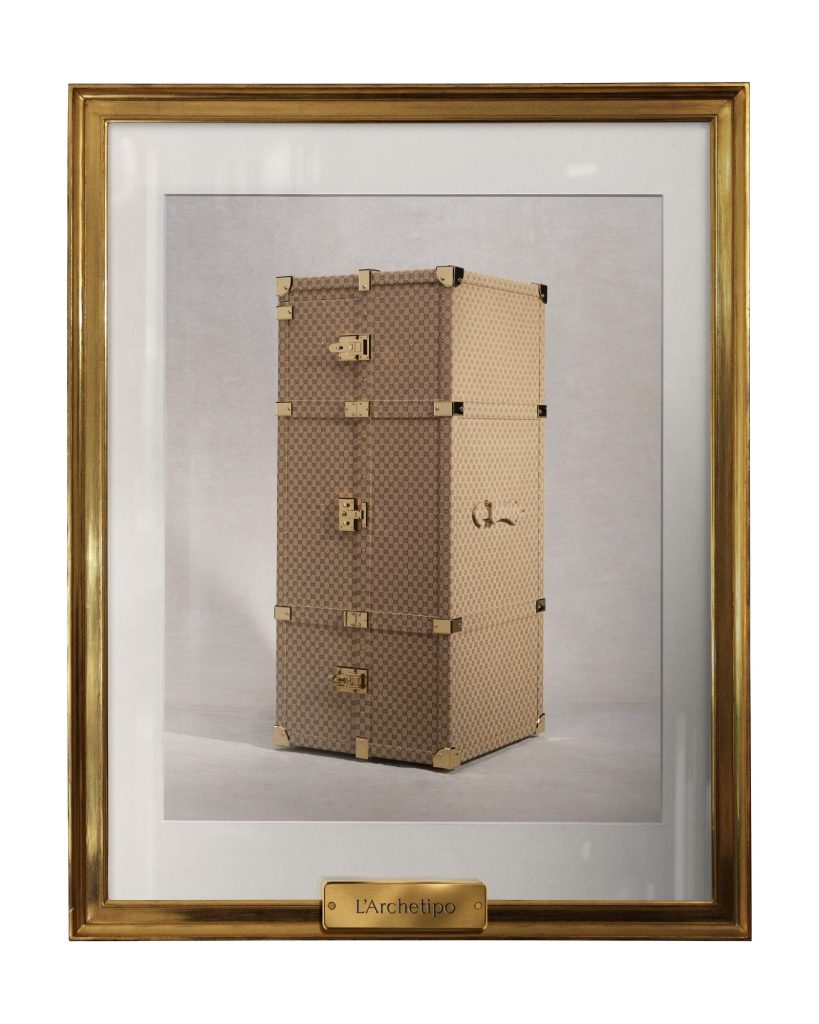
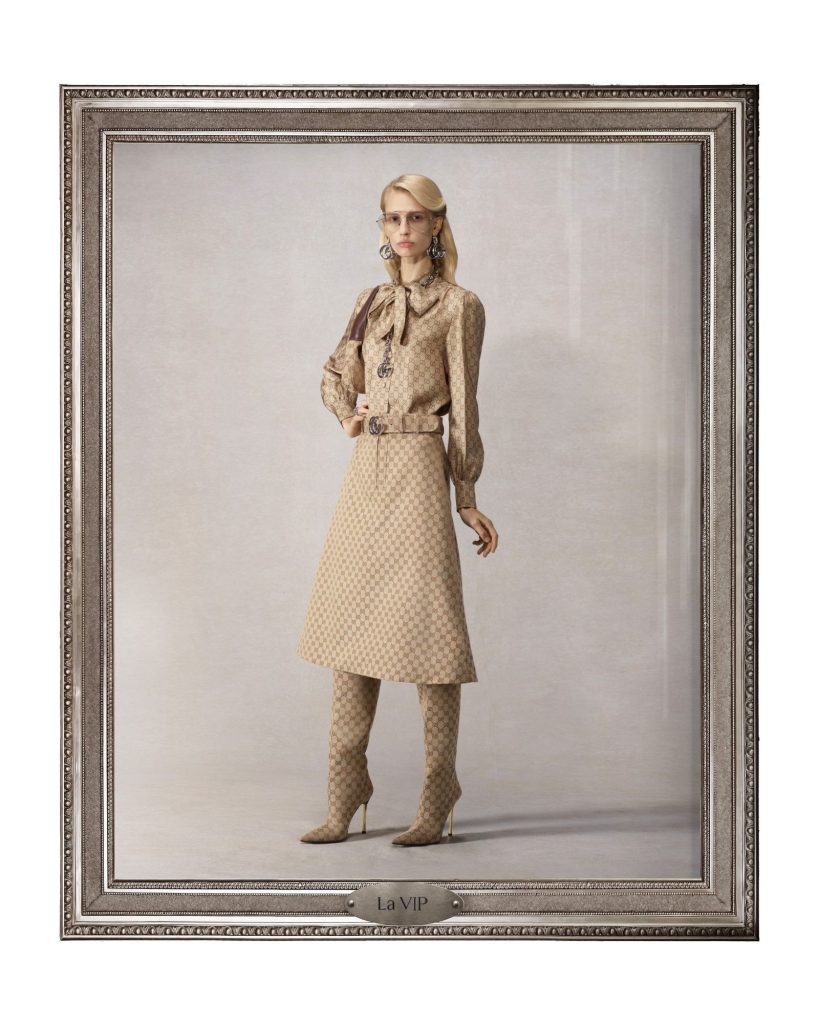
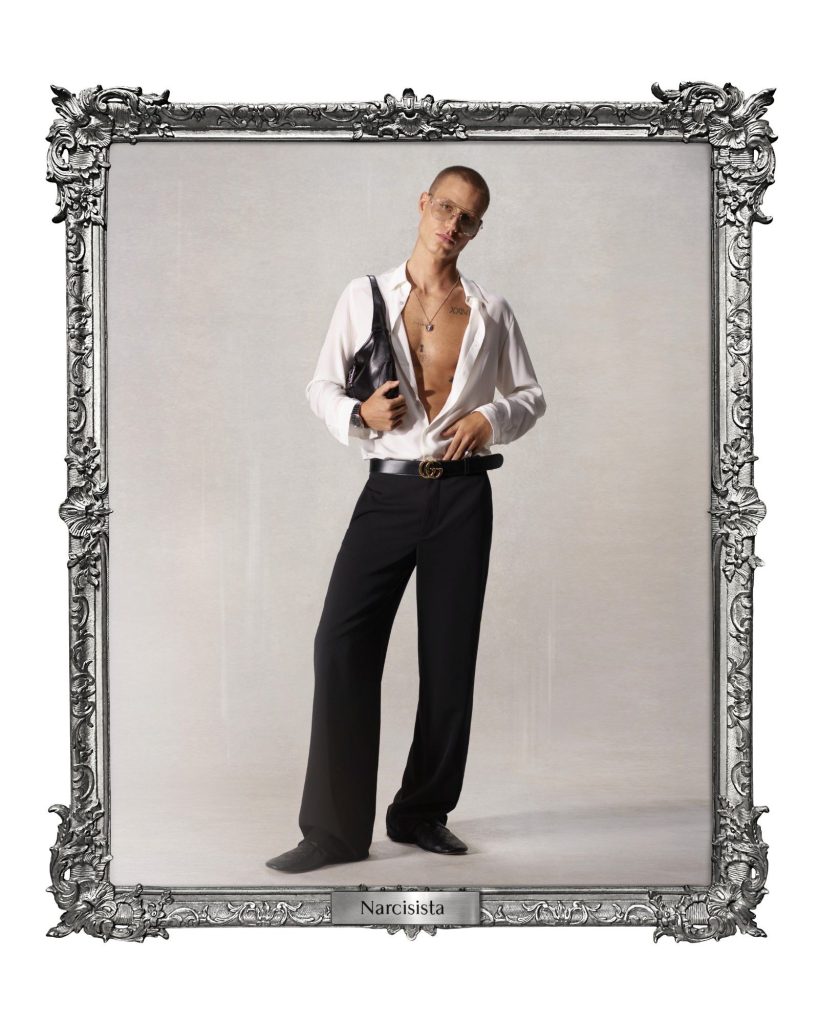
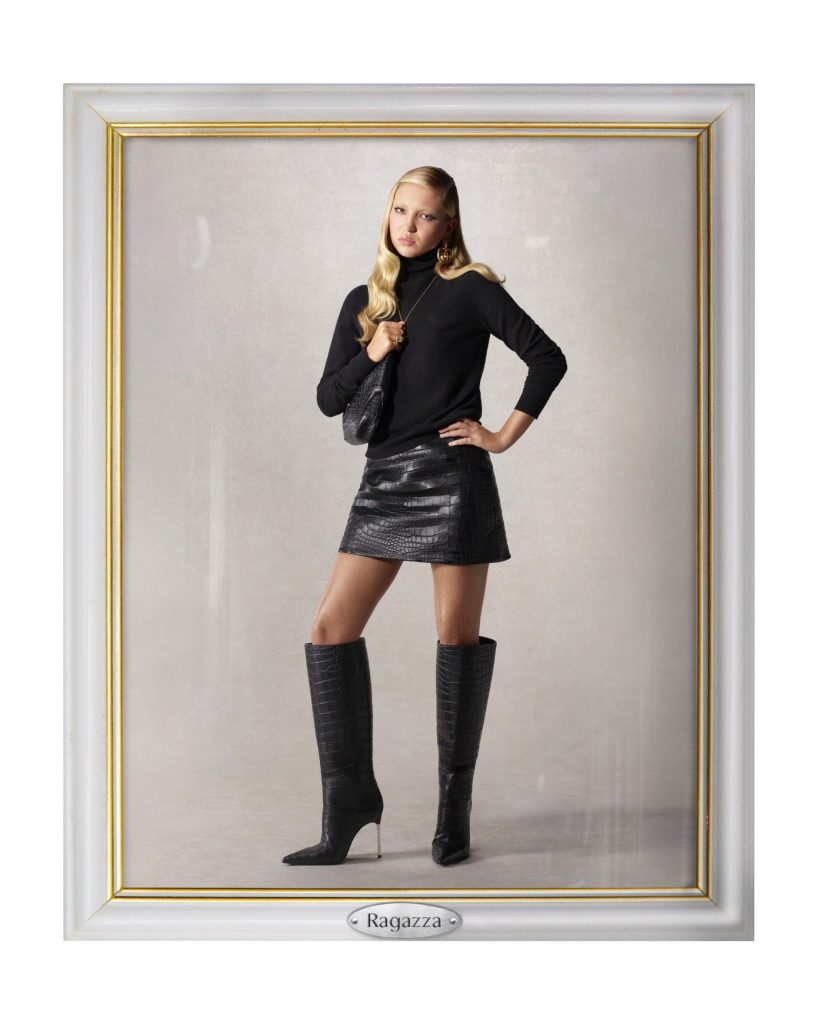
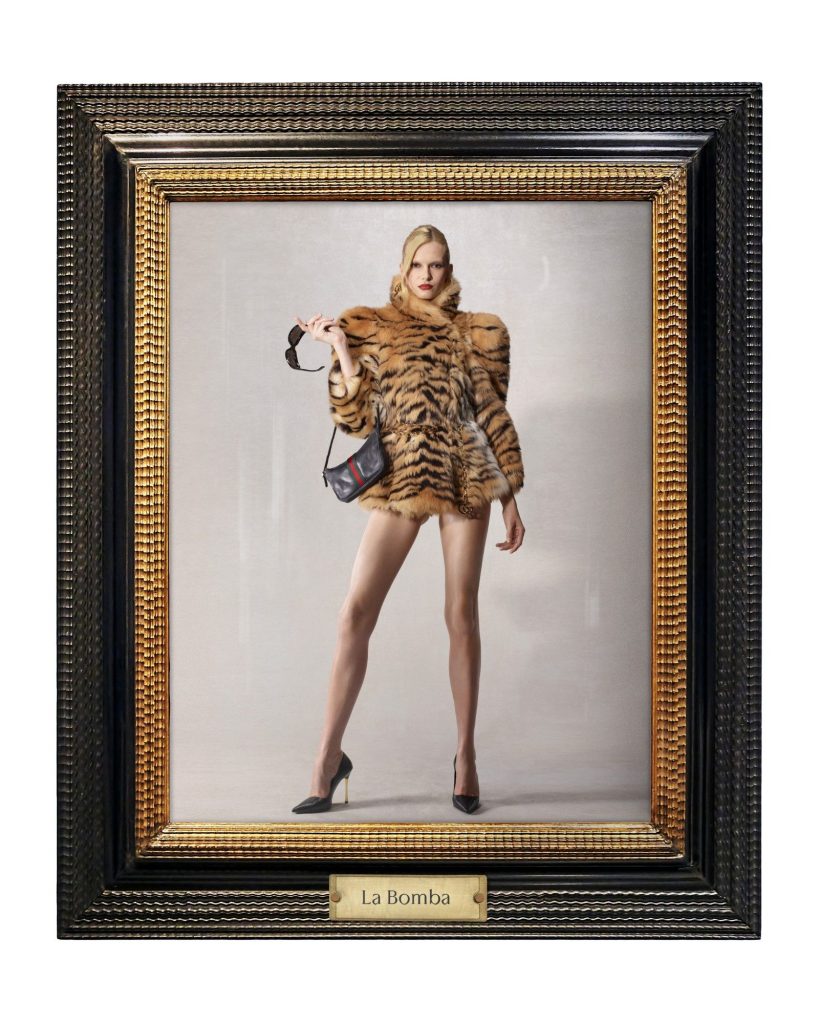
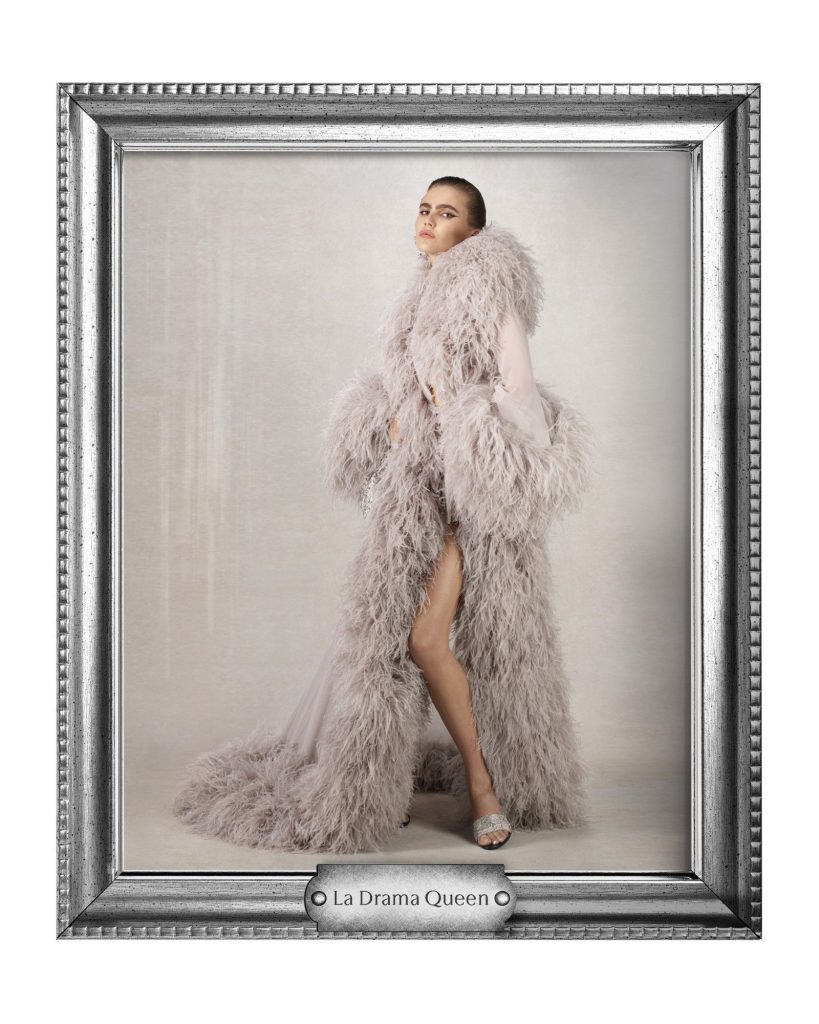
Courtesy of Gucci
Gucci kicked things off with Demna’s campaign, combining exaggerated Italian stereotypes with a reflective humour that captured authenticity through playfulness. He succeeds Sabato De Sarno, who departed after two years in the role.
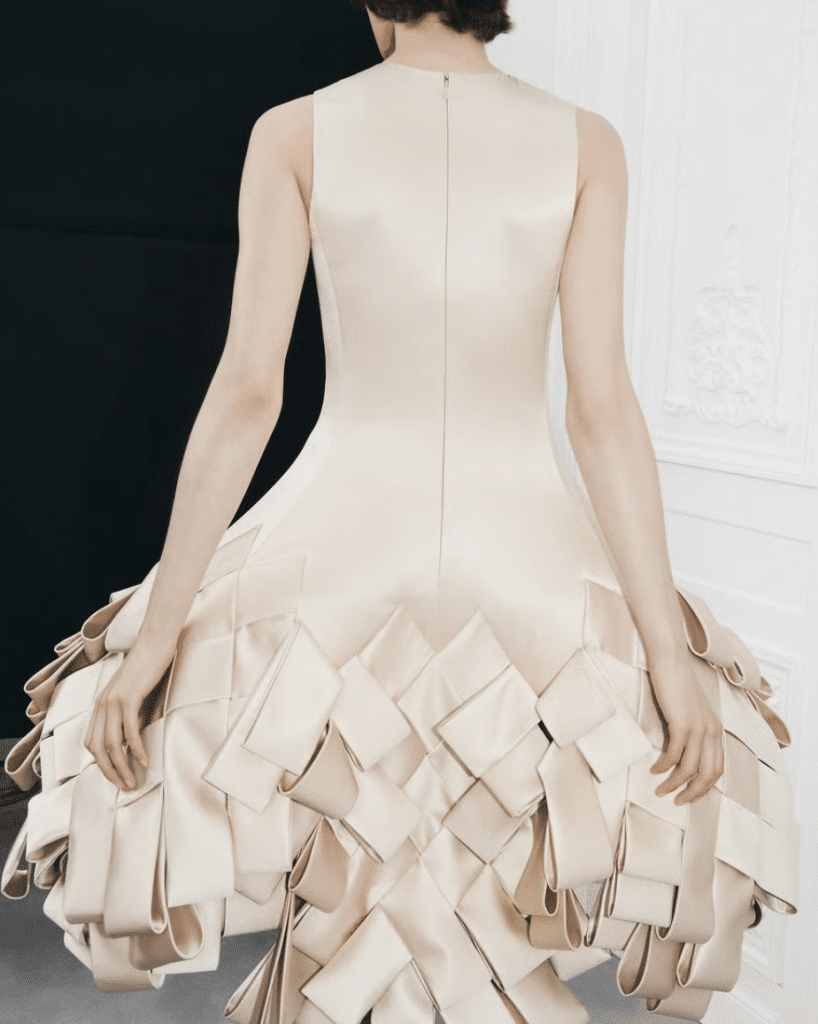
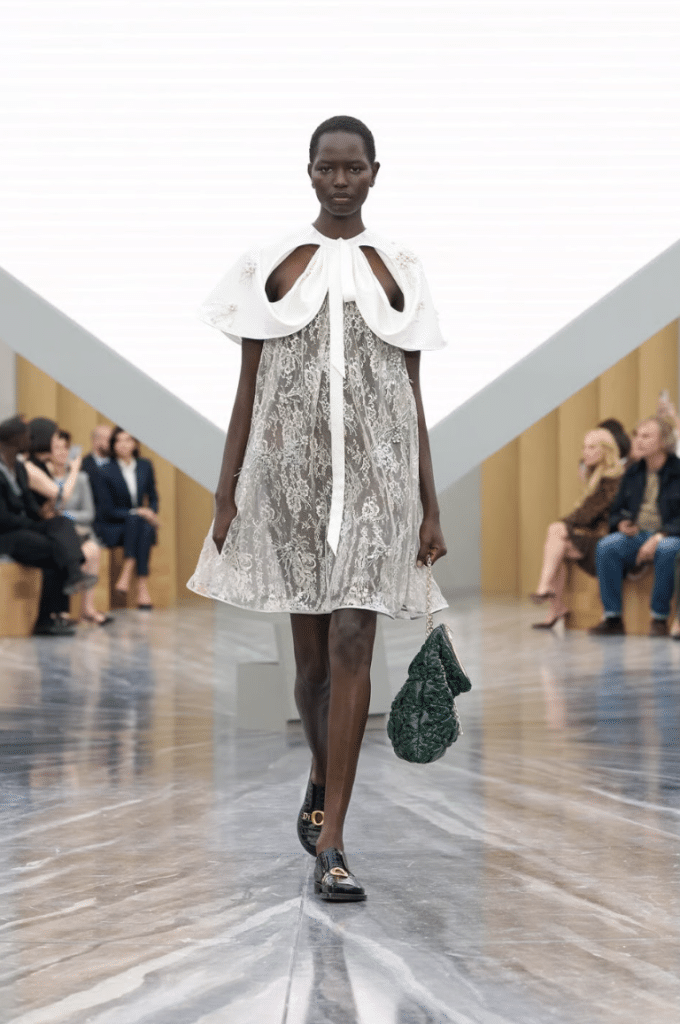
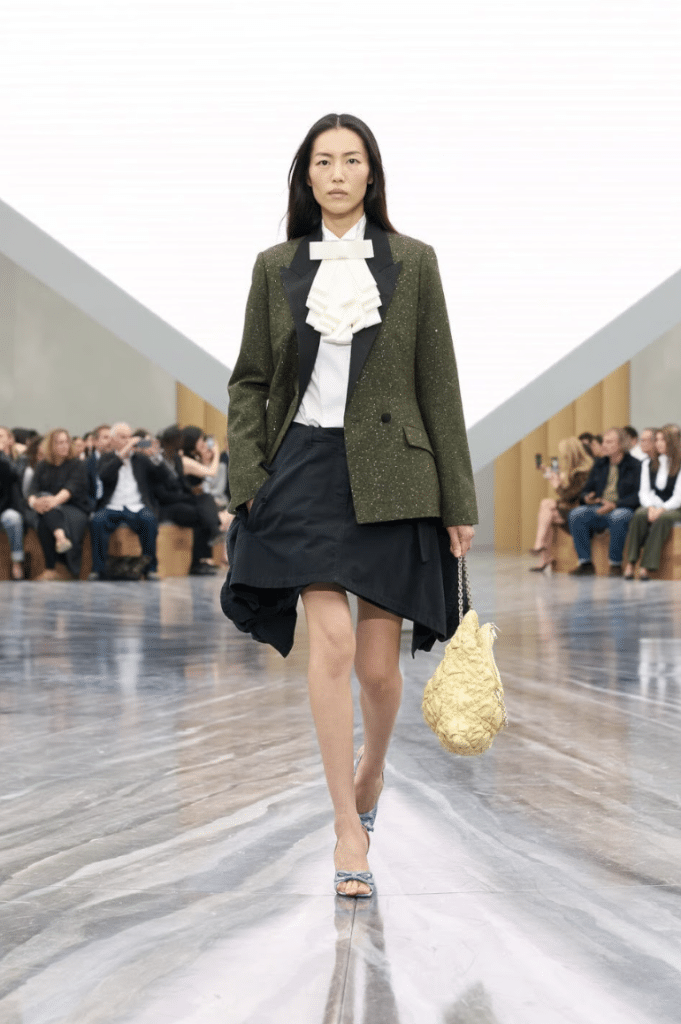
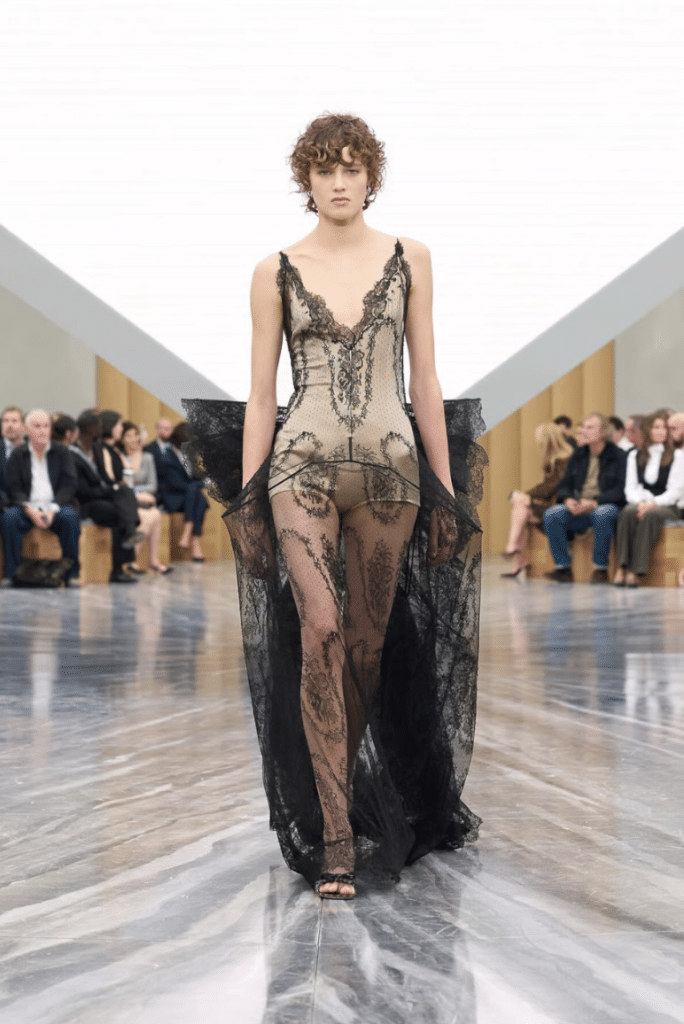

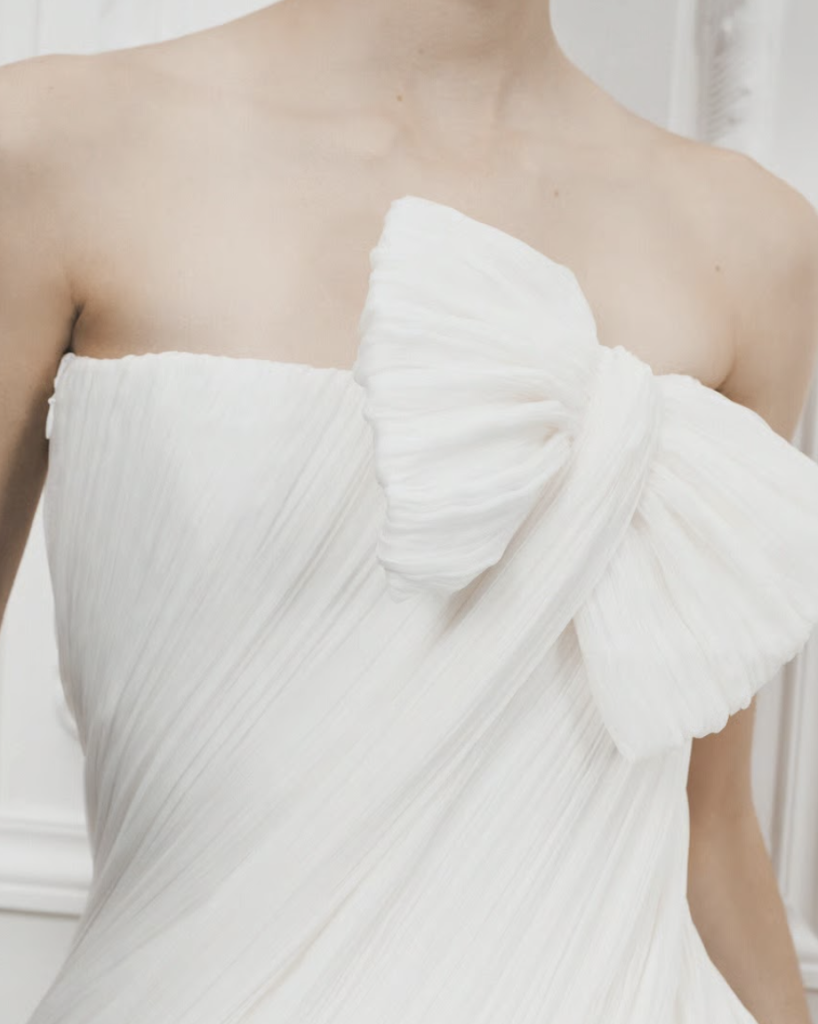
Courtesy of Dior
Dior, under Jonathan Anderson, following after Maria Grazia Chiuri and Kim Jones, revealed his first women’s collection, a respectful reinterpretation of modern femininity. Shrunken Bar jackets, sculptural silhouettes, and dramatic bows paid homage to the archives with contemporary elegance.
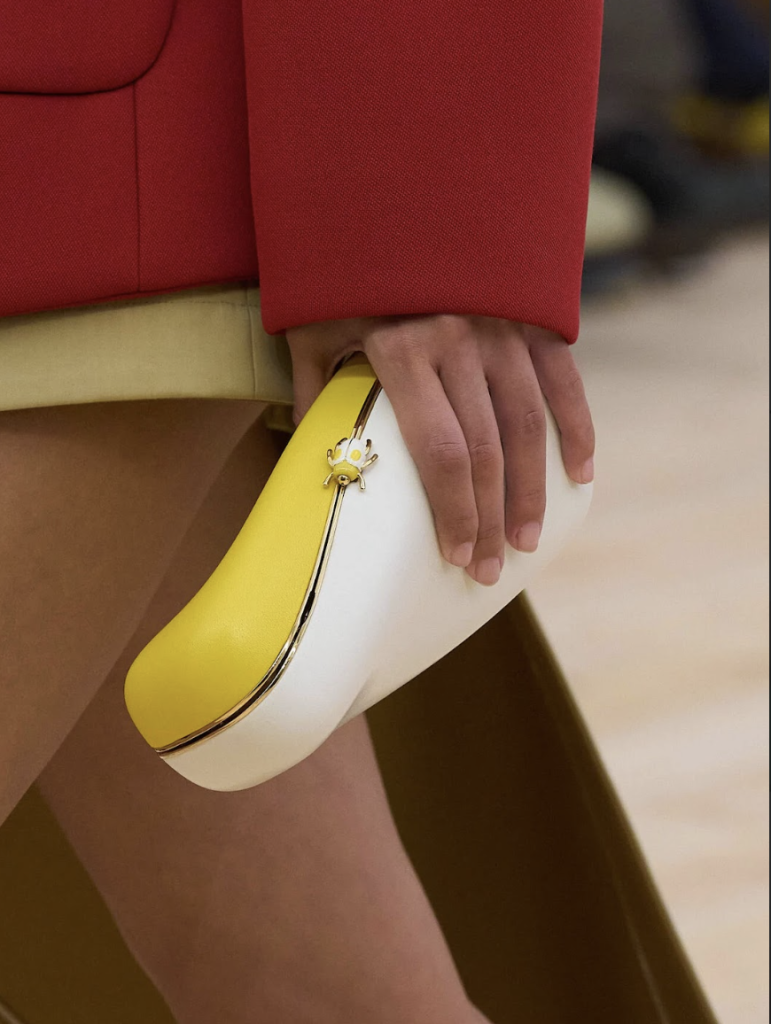
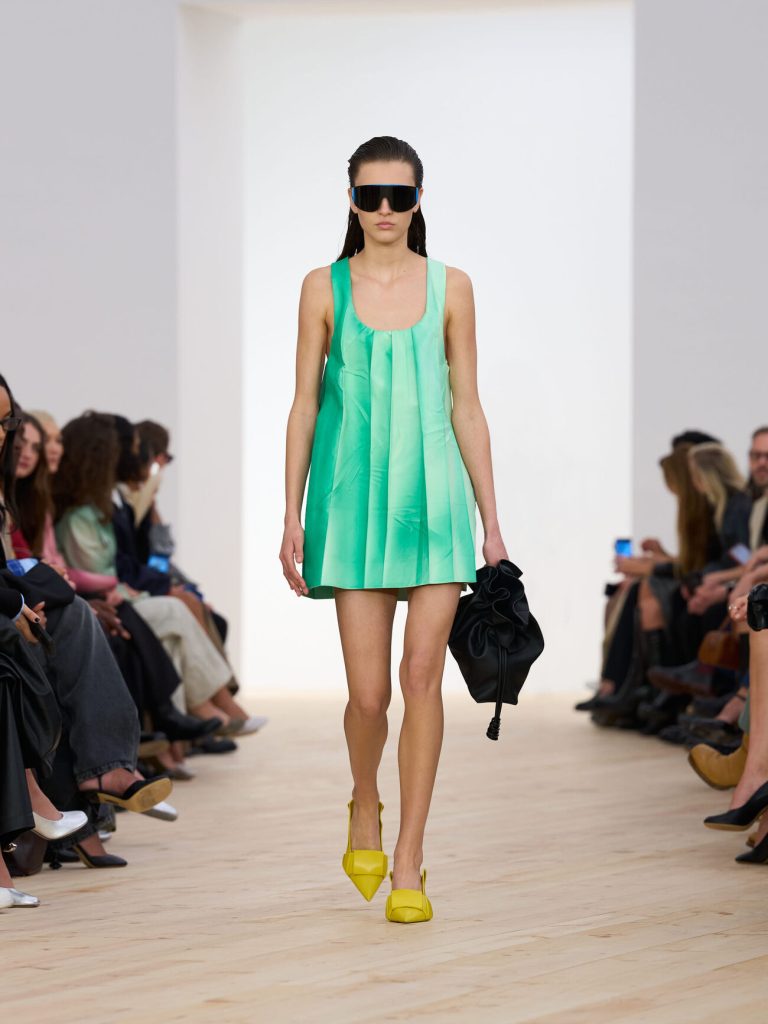
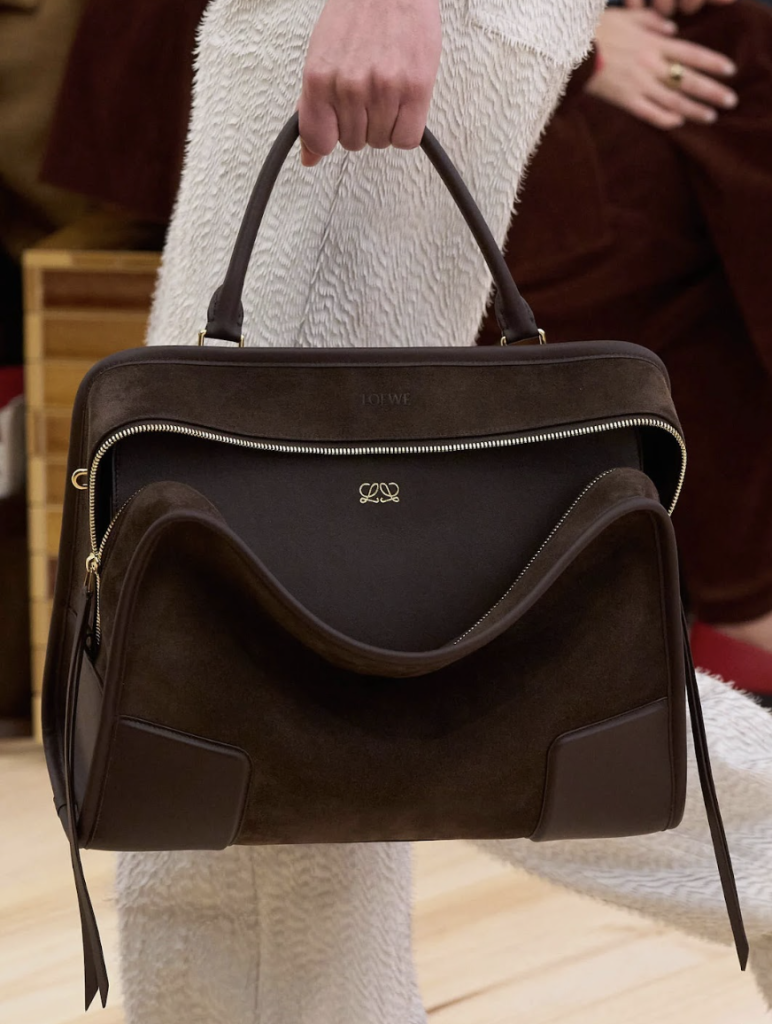
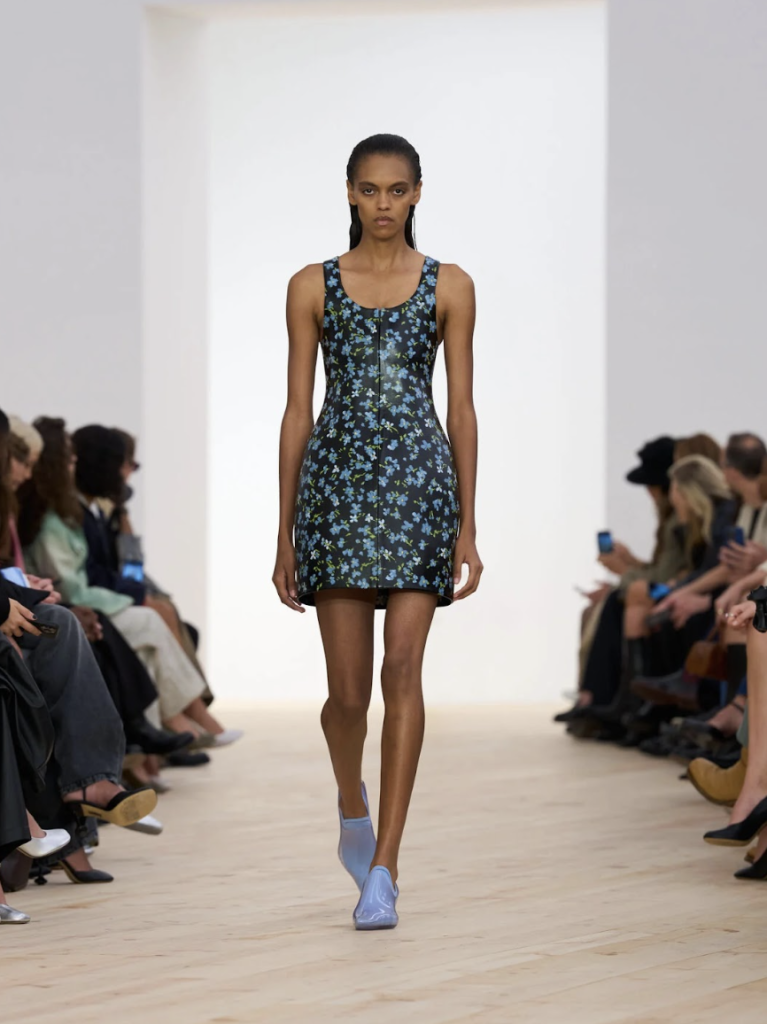
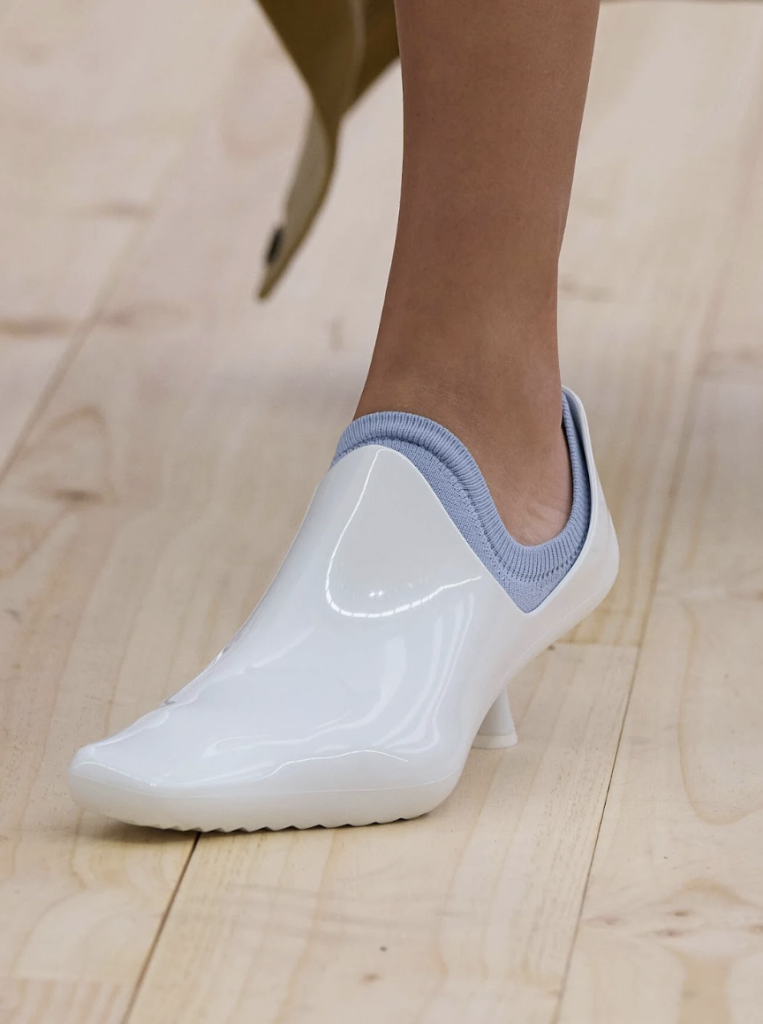
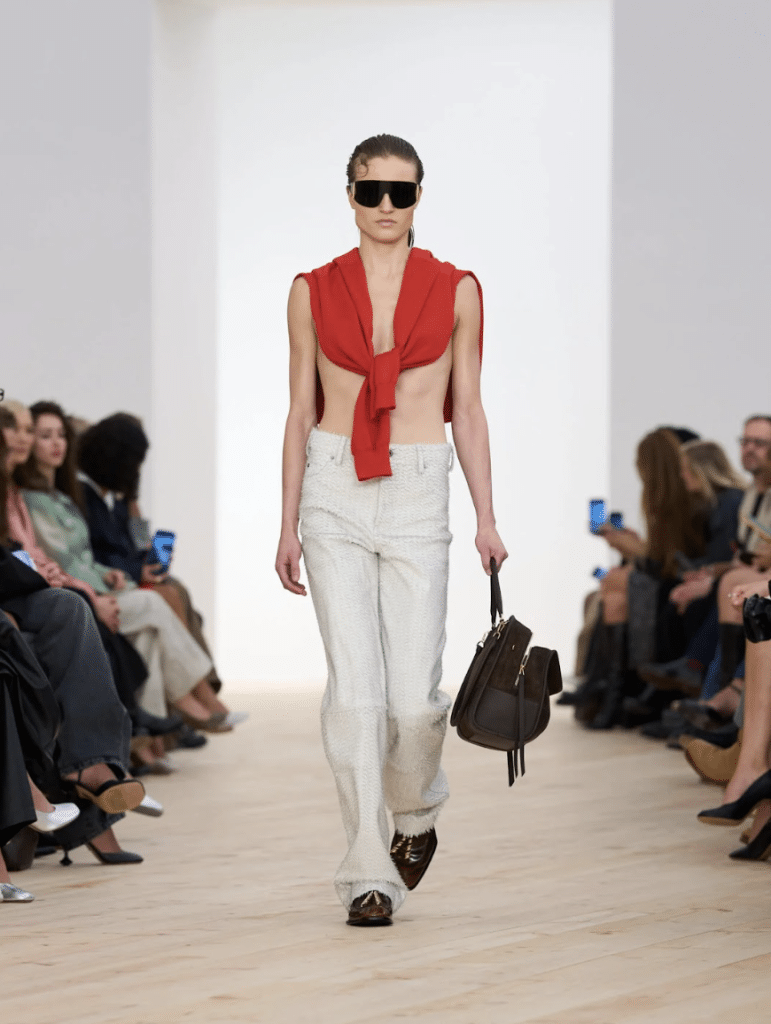
Courtesy of Loewe
At Loewe, despite Jonathan Anderson’s departure, Jack McCollough and Lazaro Hernandez impressed with playful, surreal styling. Bikini-cardigan hybrids, sunny palettes, and leatherwork–including fringed trims and molded bodices, celebrated the brand’s Spanish heritage with a whimsical style.
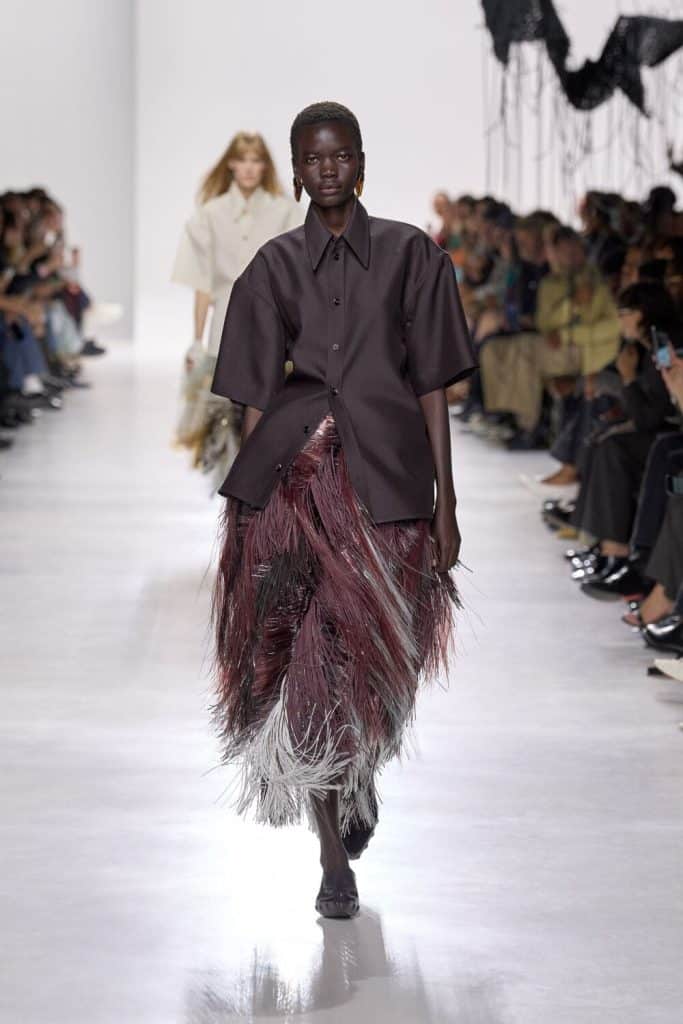
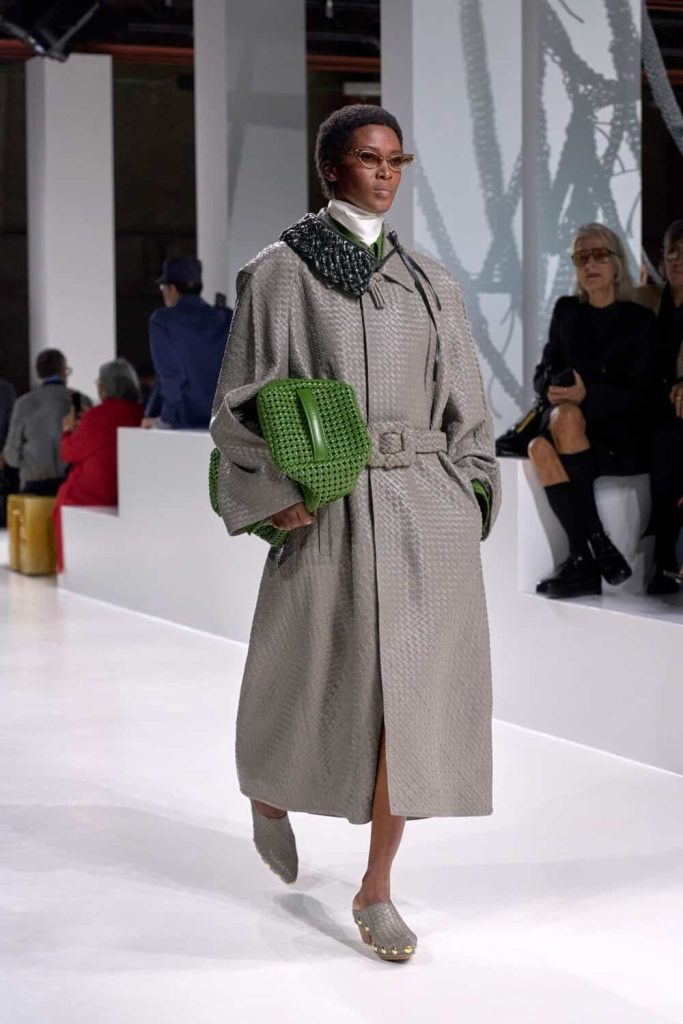
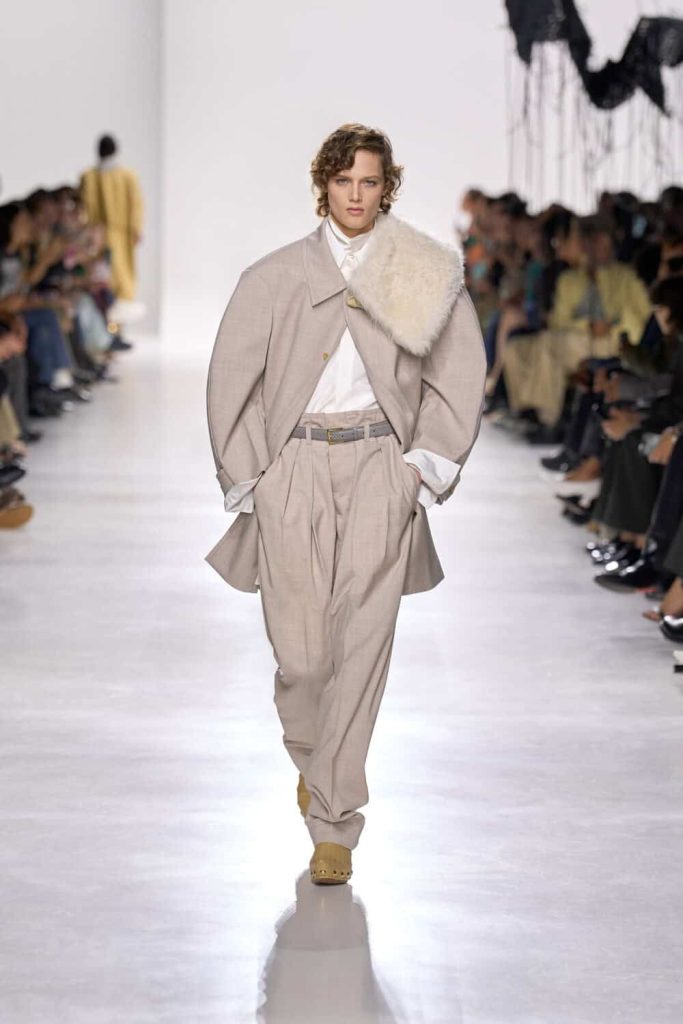
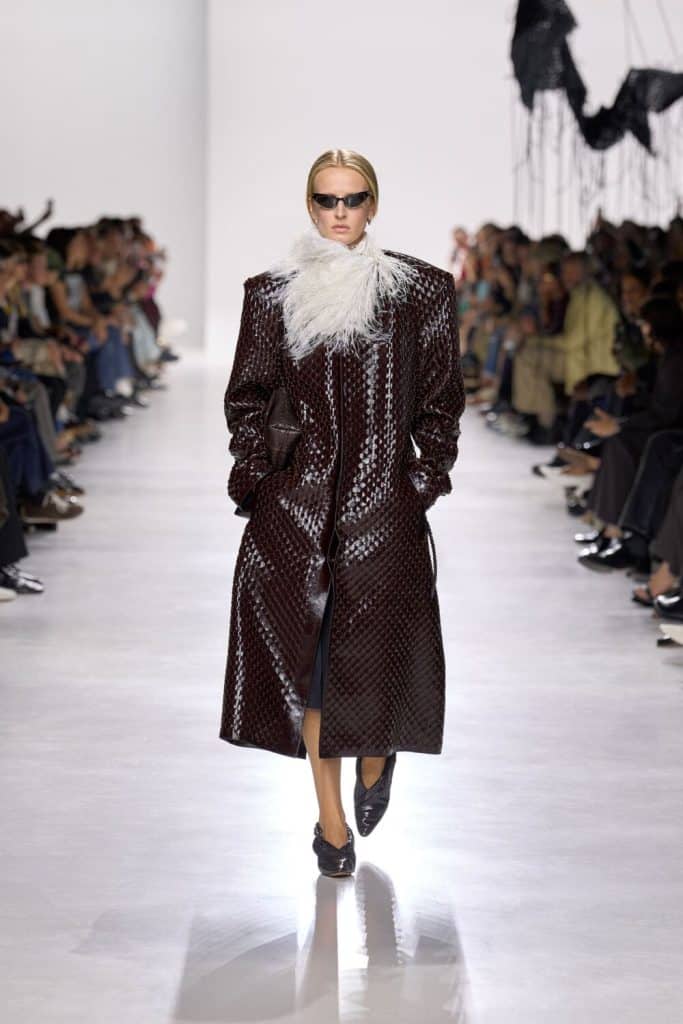
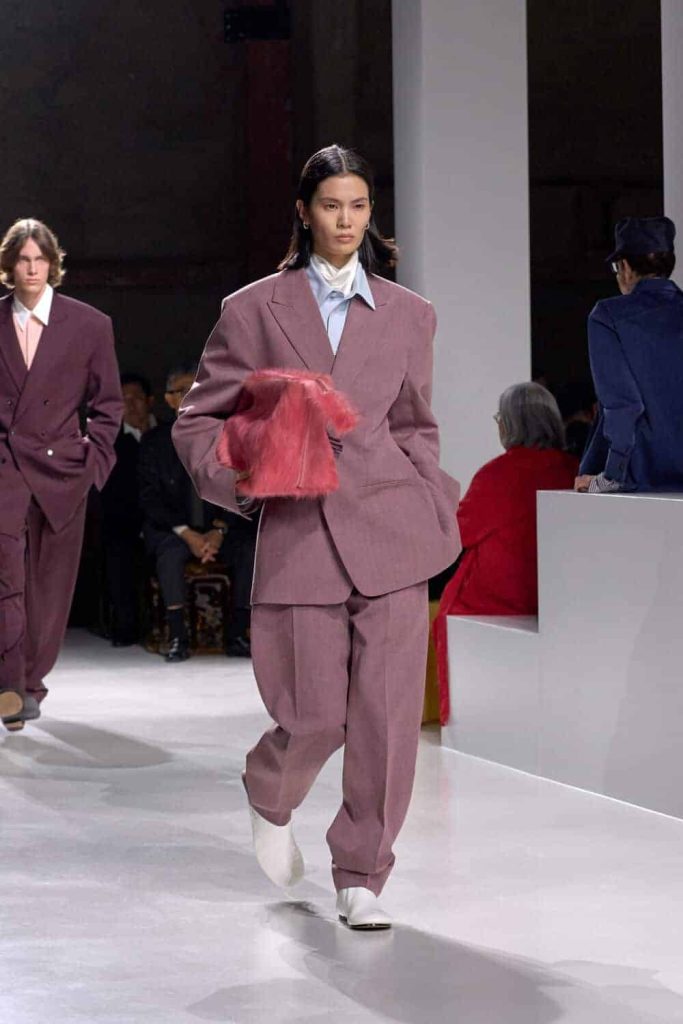

Courtesy of Bottega Veneta
Bottega Veneta, under Louise Trotter, the only woman currently holding a creative director role at a major luxury fashion house, combined fluid dresses with fringe tassels and tailored suiting. Innovative materials added movement and life. Quiet in form, rebellious with texture. Trotter has replaced Matthieu Blazy around the end of January 2025.

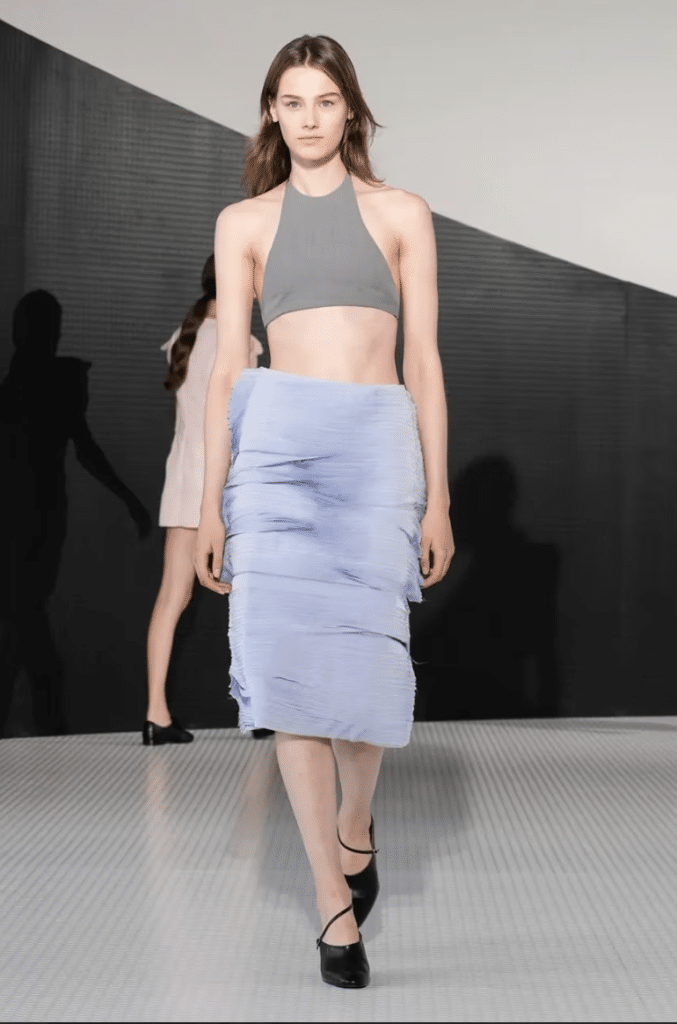
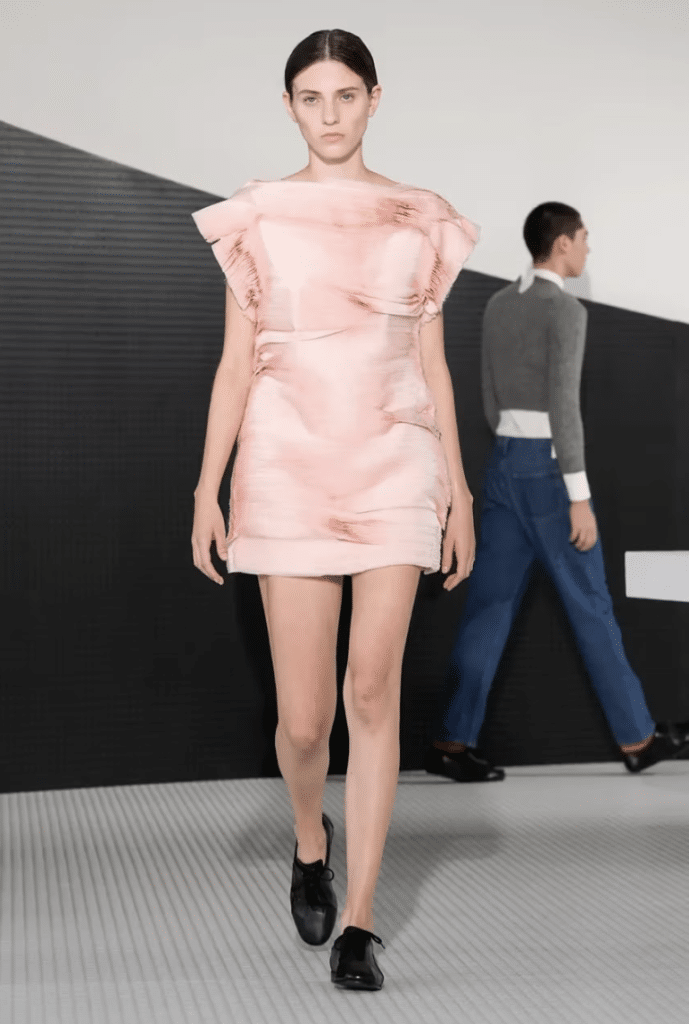
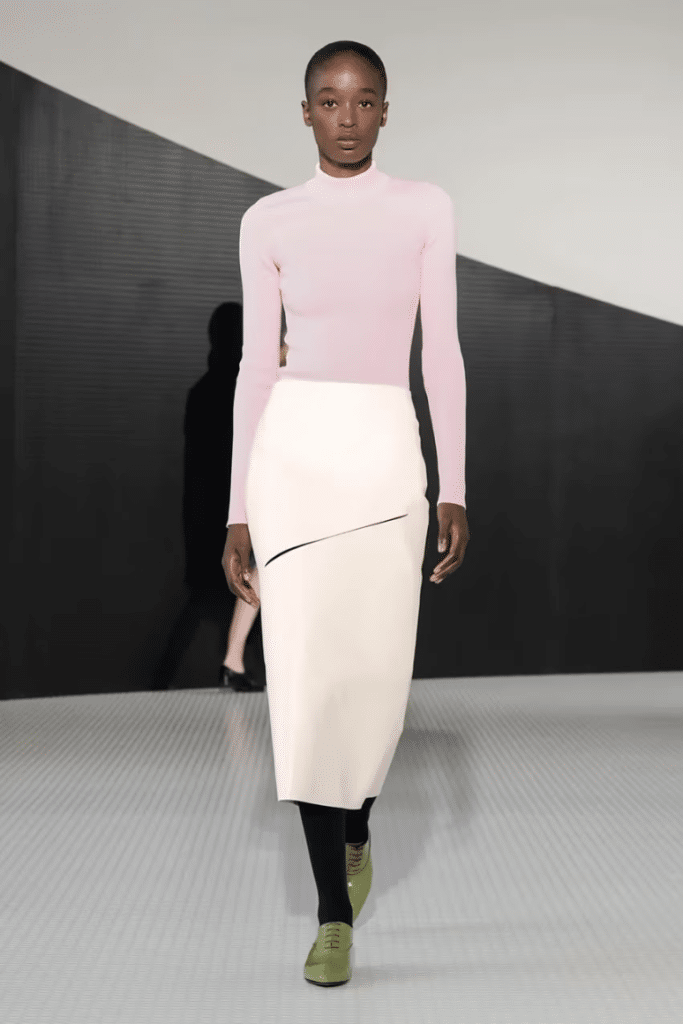
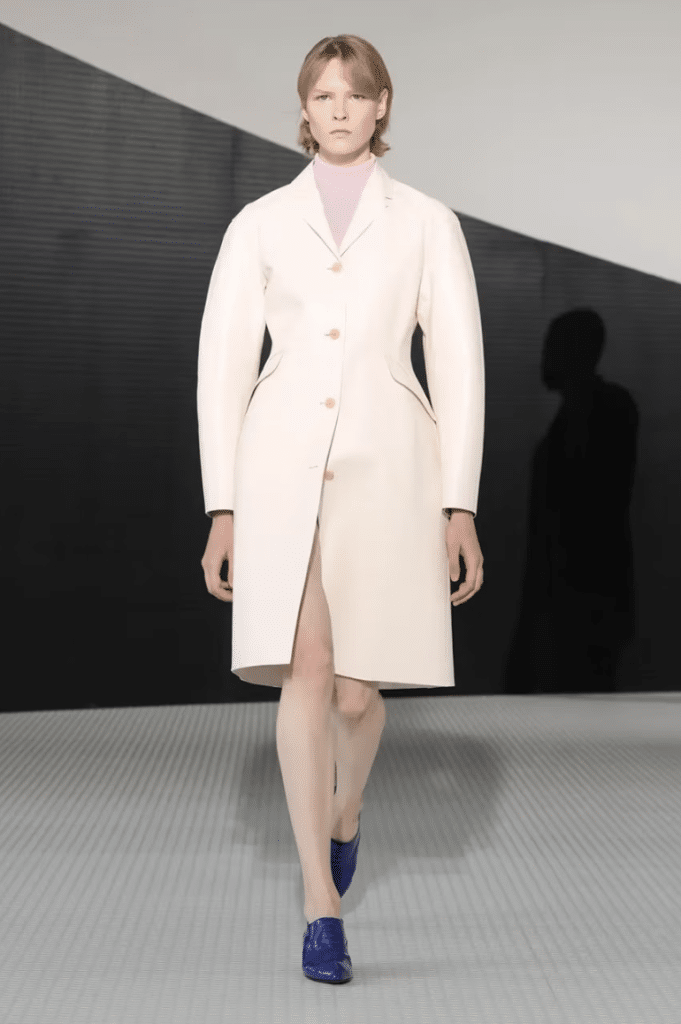
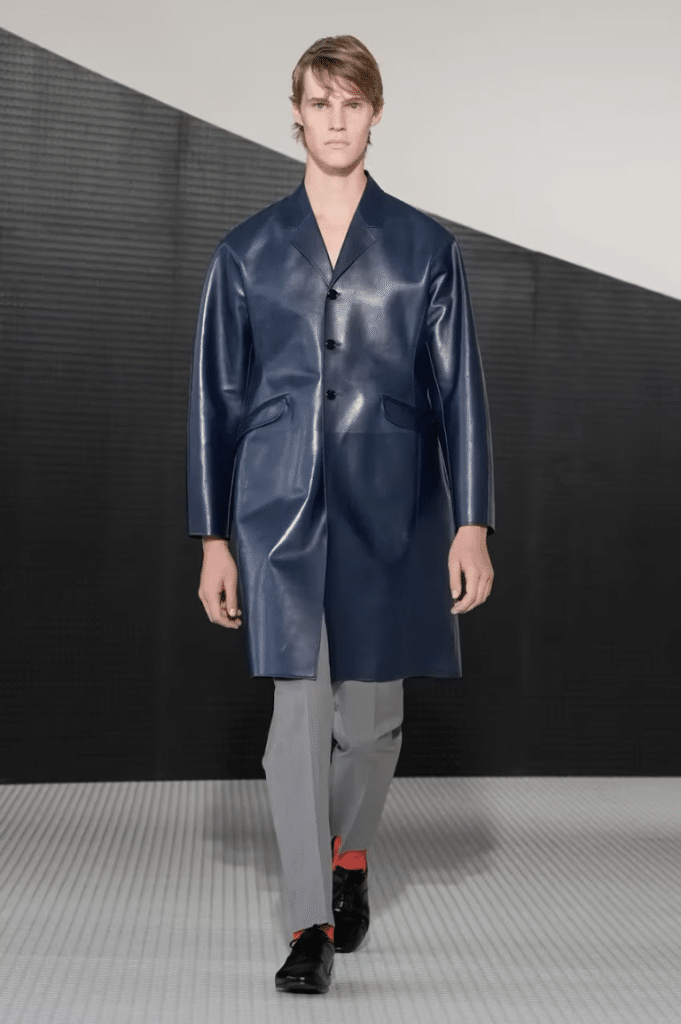
Courtesy of Alessandro Lucioni/ Gorunway.com
Simone Bellotti’s collection fused bold colours with architectural tailoring for Jil, channeling minimalist sensibilities while offering a lighter, refined evolution from Luke and Lucie Meier (the previous creative directors)’s tenure.
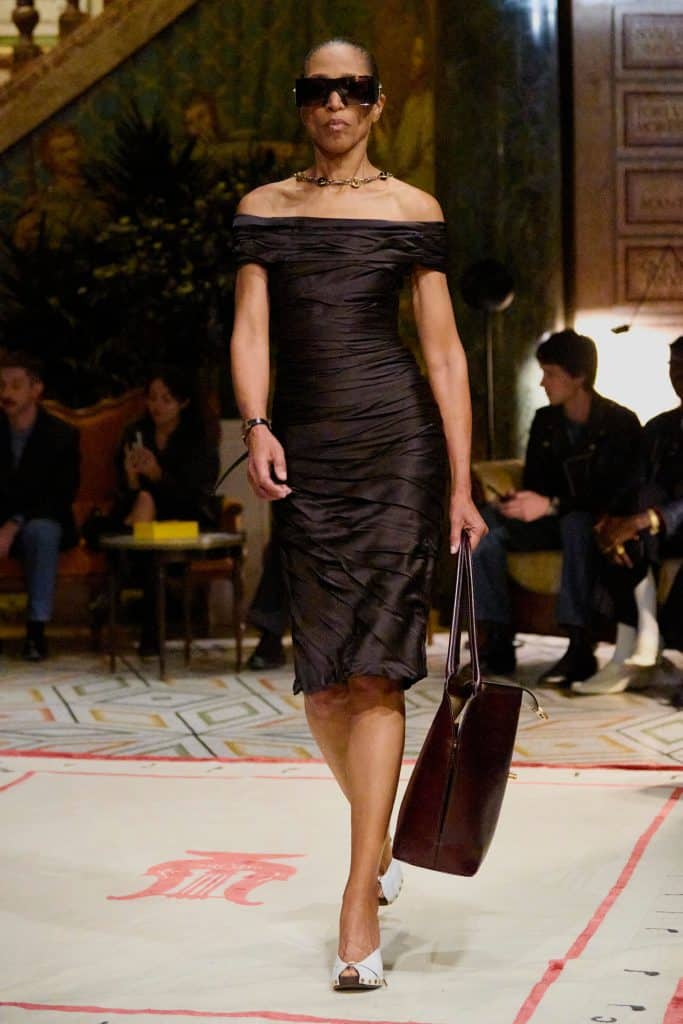
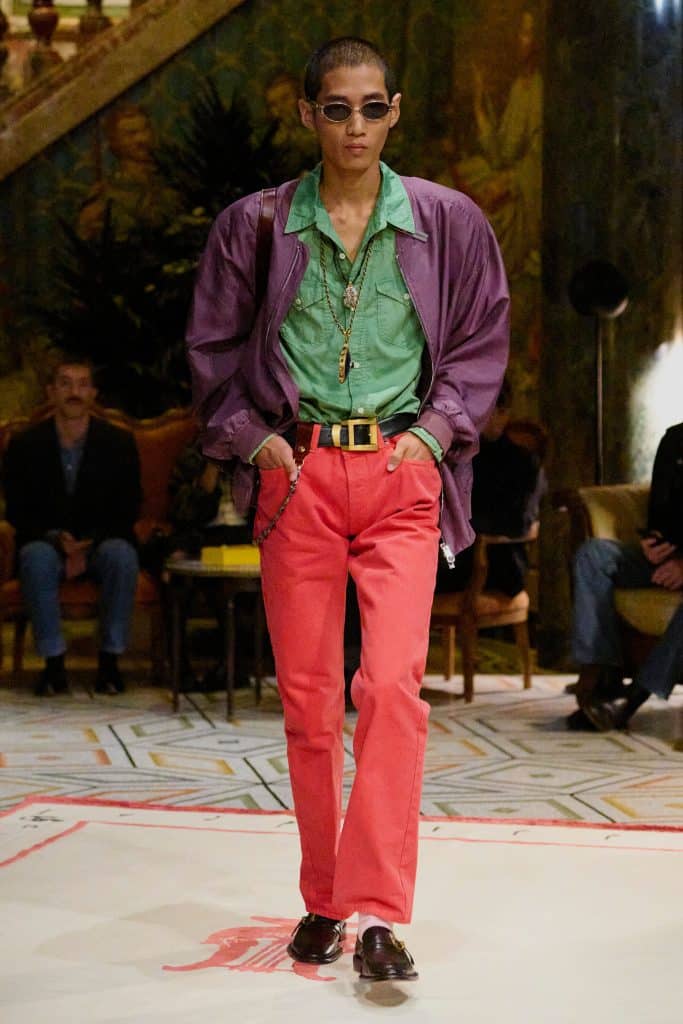
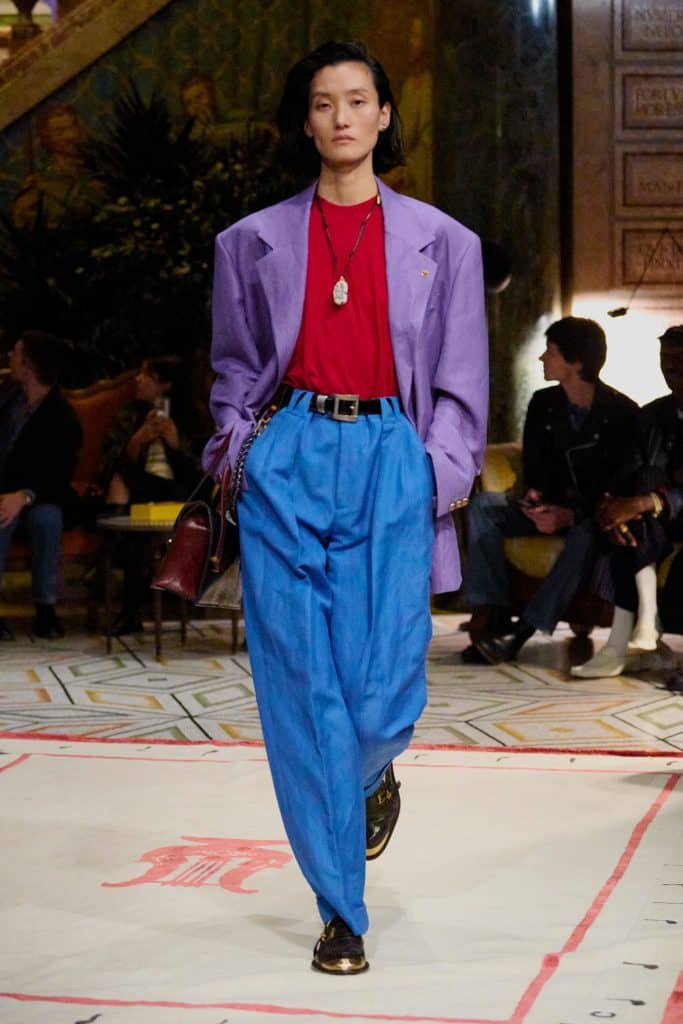
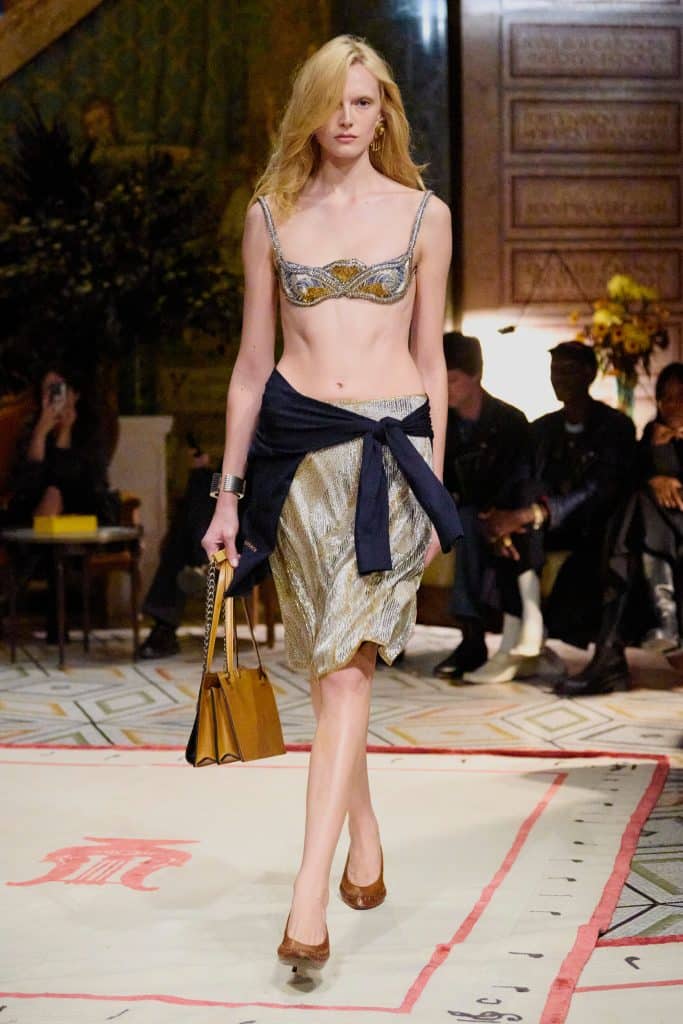
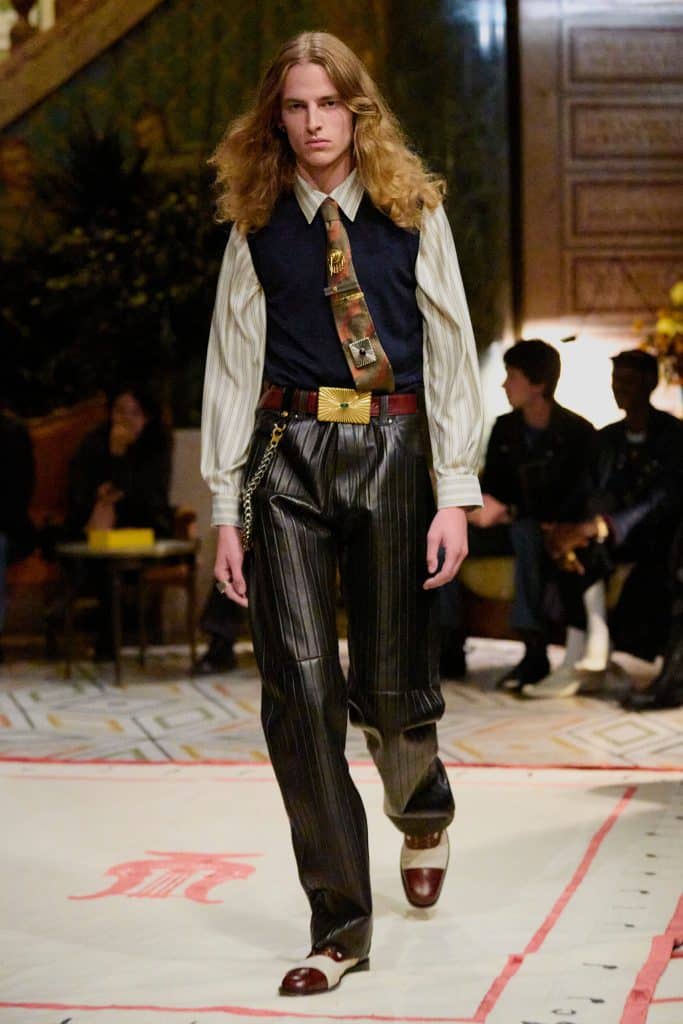
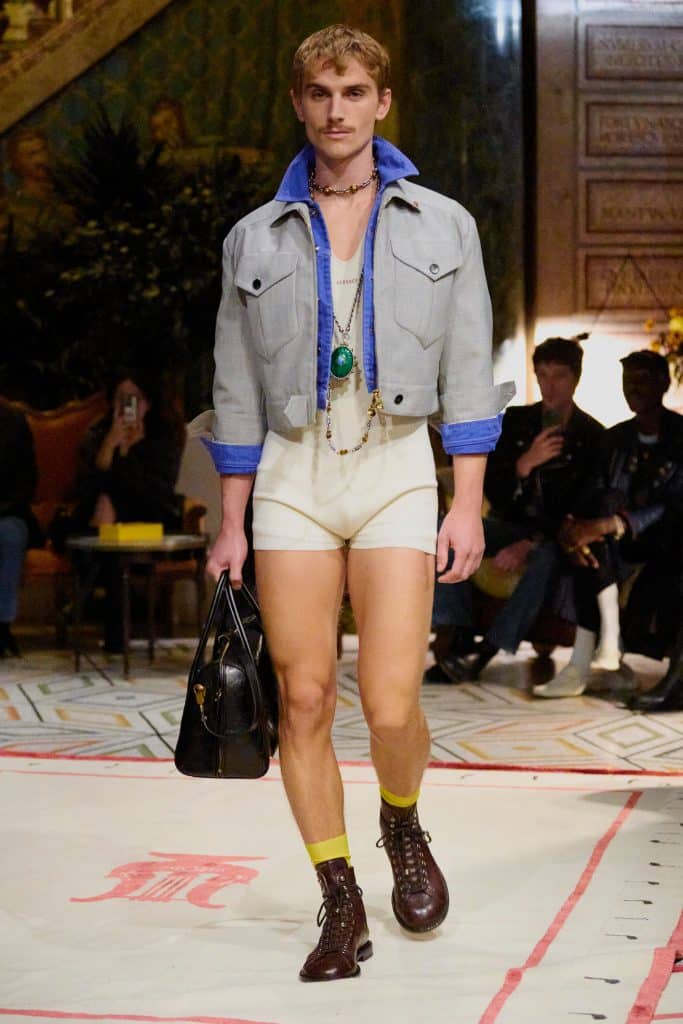
Courtesy of Versace
In March, the brand announced that Donatella Versace would transition to the role of Chief Brand Ambassador, with Vitale stepping in as Creative Director. Versace, under Dario Vitale, explored sensuality and human impulses, rearticulating the house’s core for contemporary life.
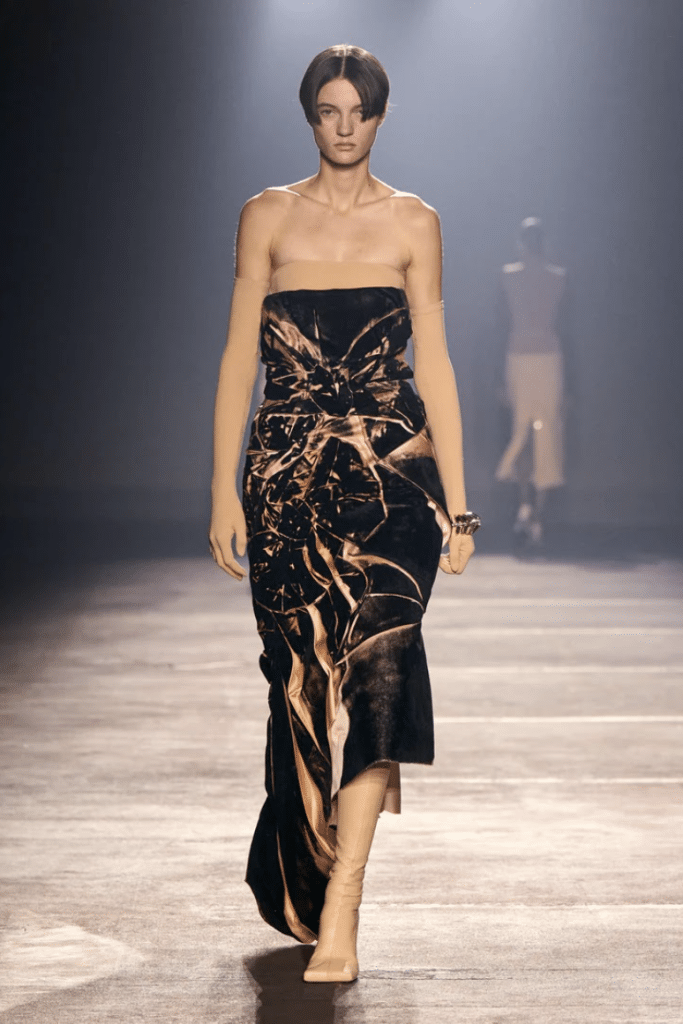
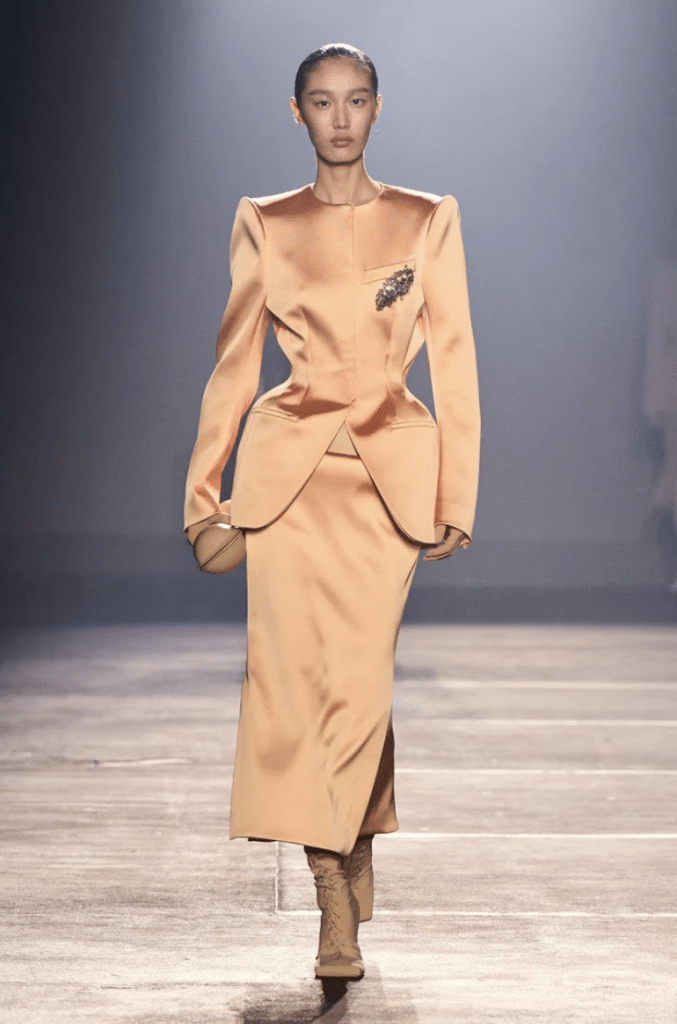
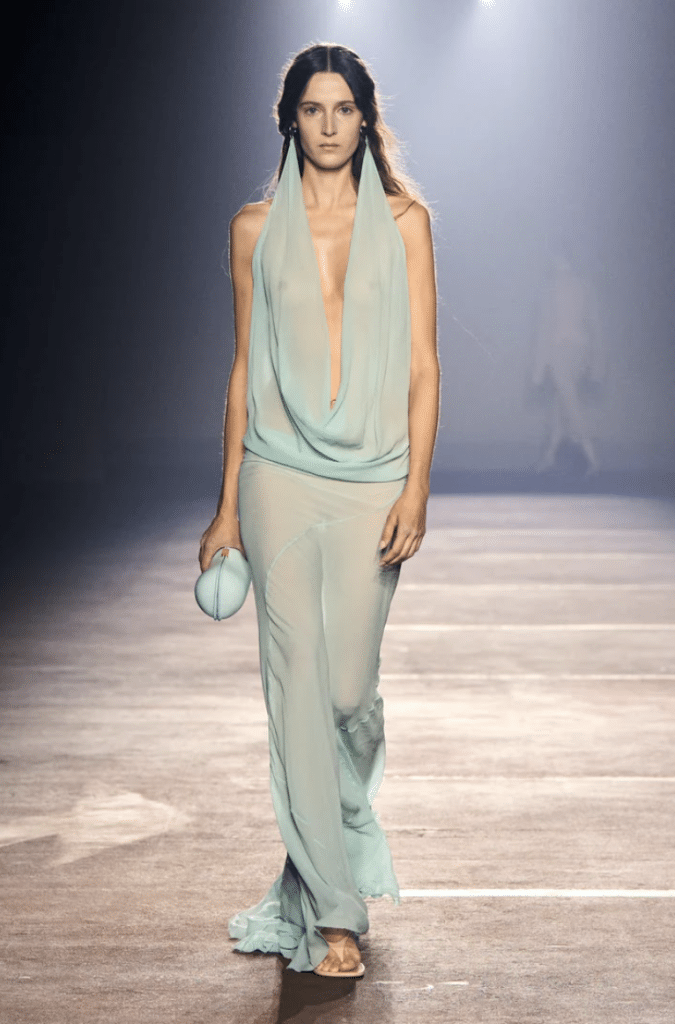
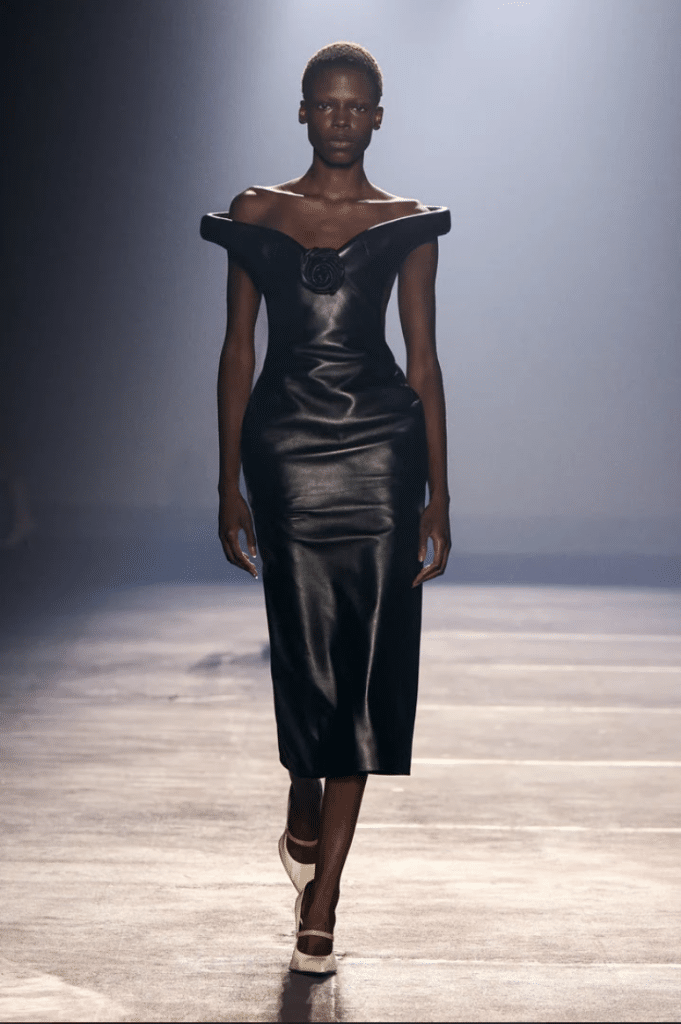
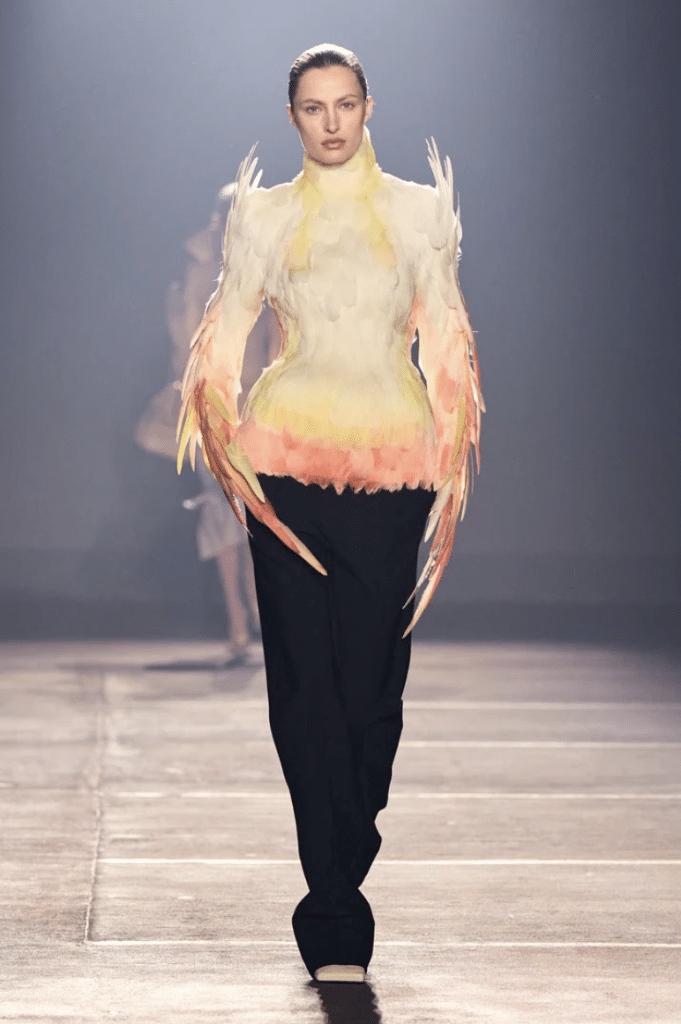
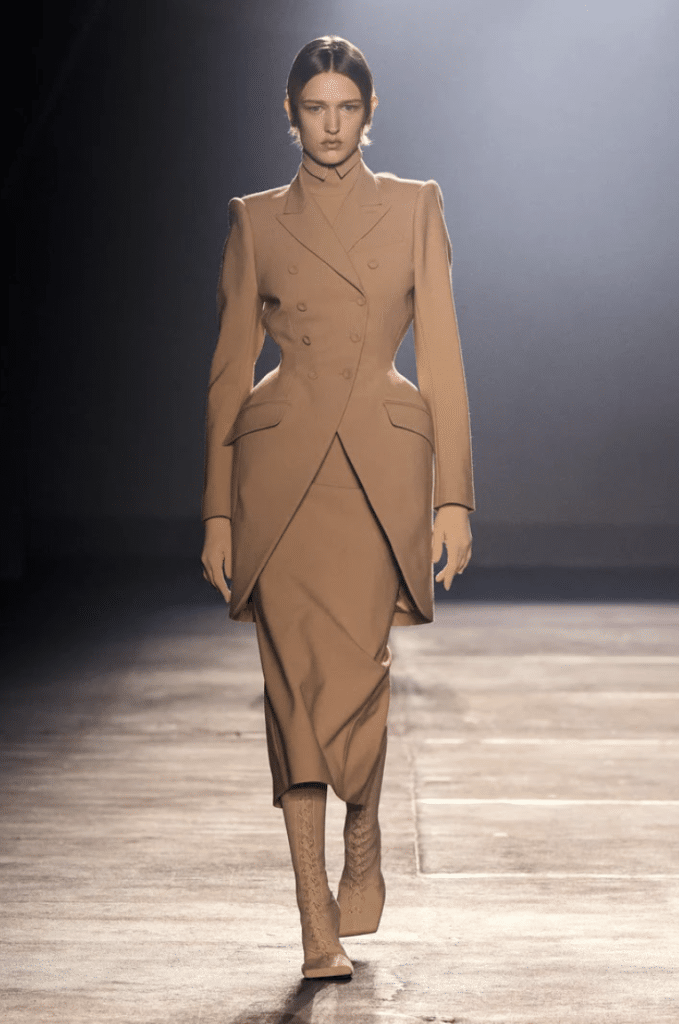
Courtesy of Mugler
Mugler introduced Stardust Aphrodite, the first chapter of a trilogy of glorified clichés. Miguel Castro Freitas, reimagined seduction, merging goddess-like and cinematic imagery into sculpted, provocative silhouettes. Neutral tones allowed the forms themselves to command attention, marking a strong debut after replacing Casey Cadwallader.
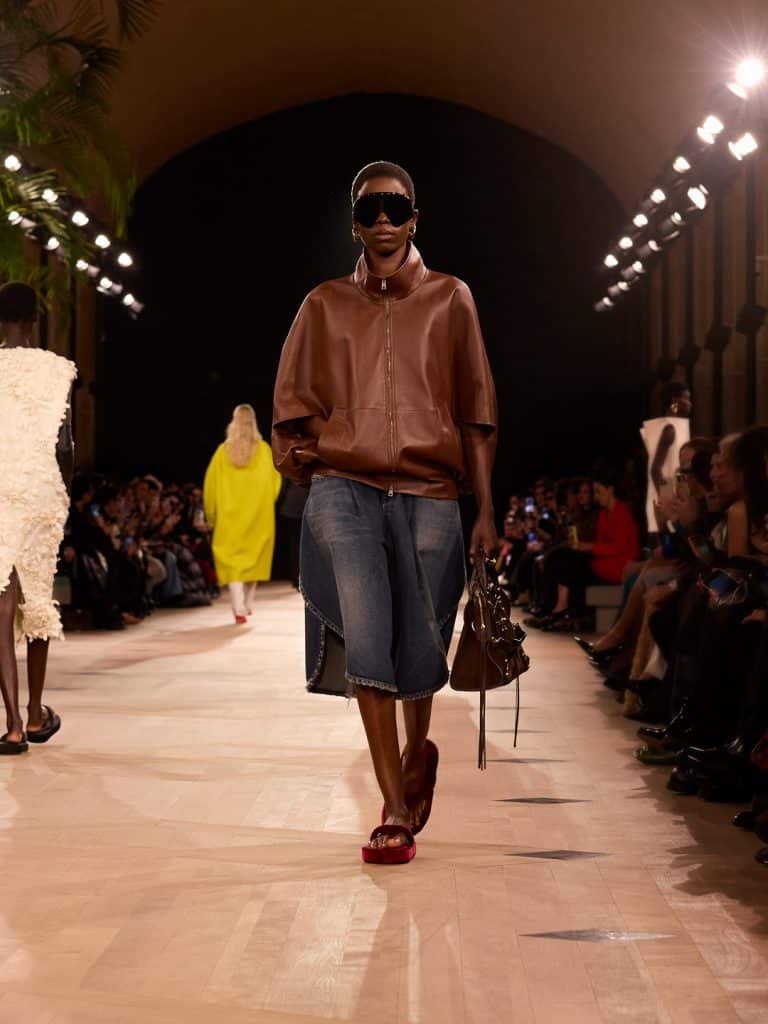
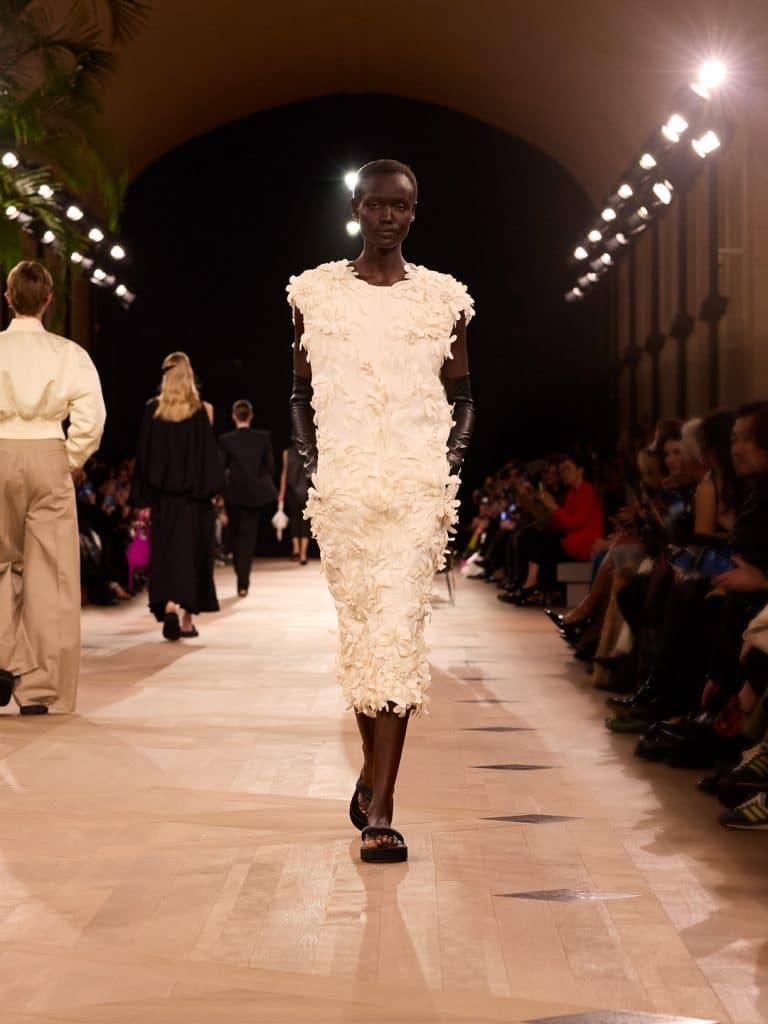
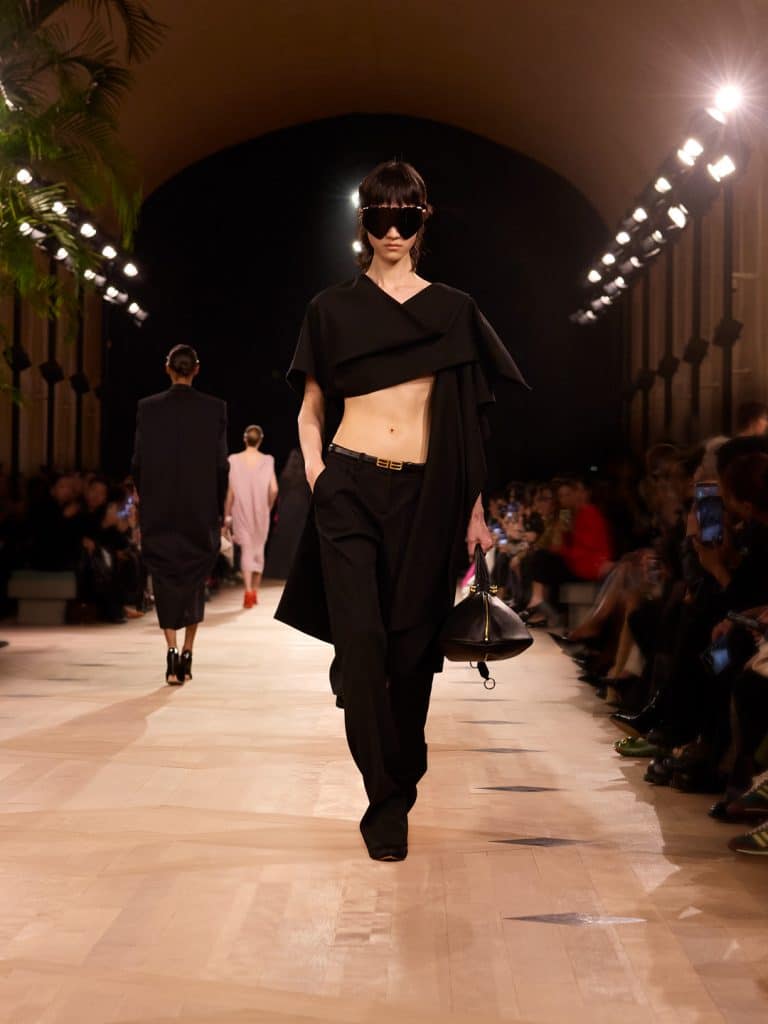
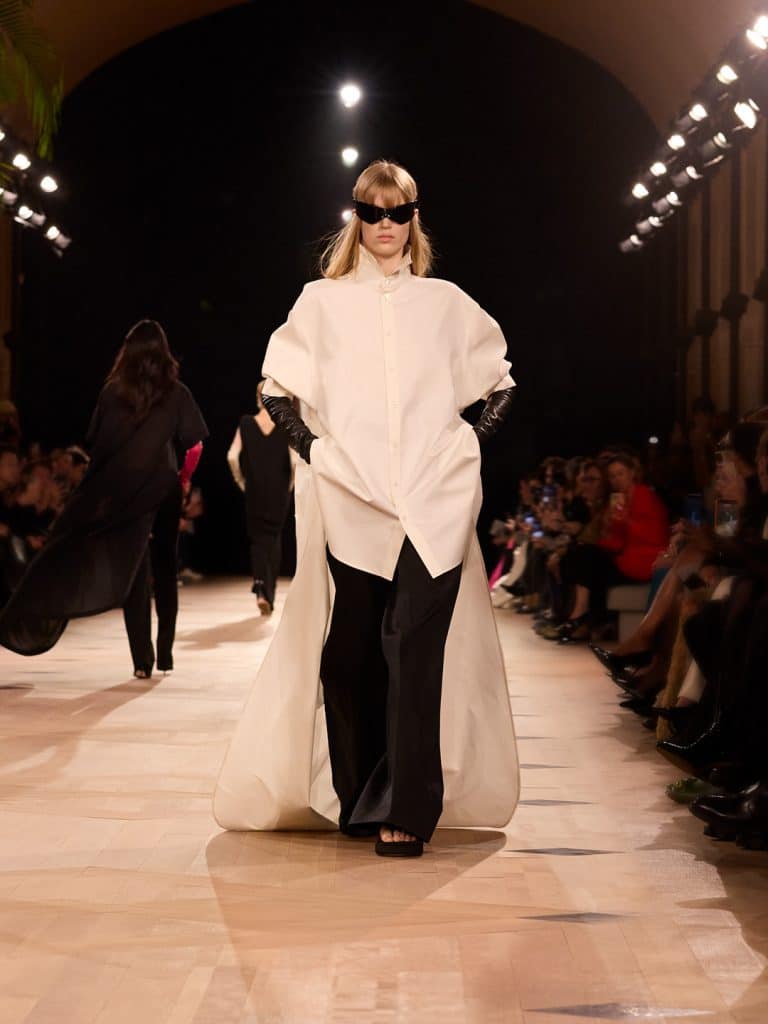
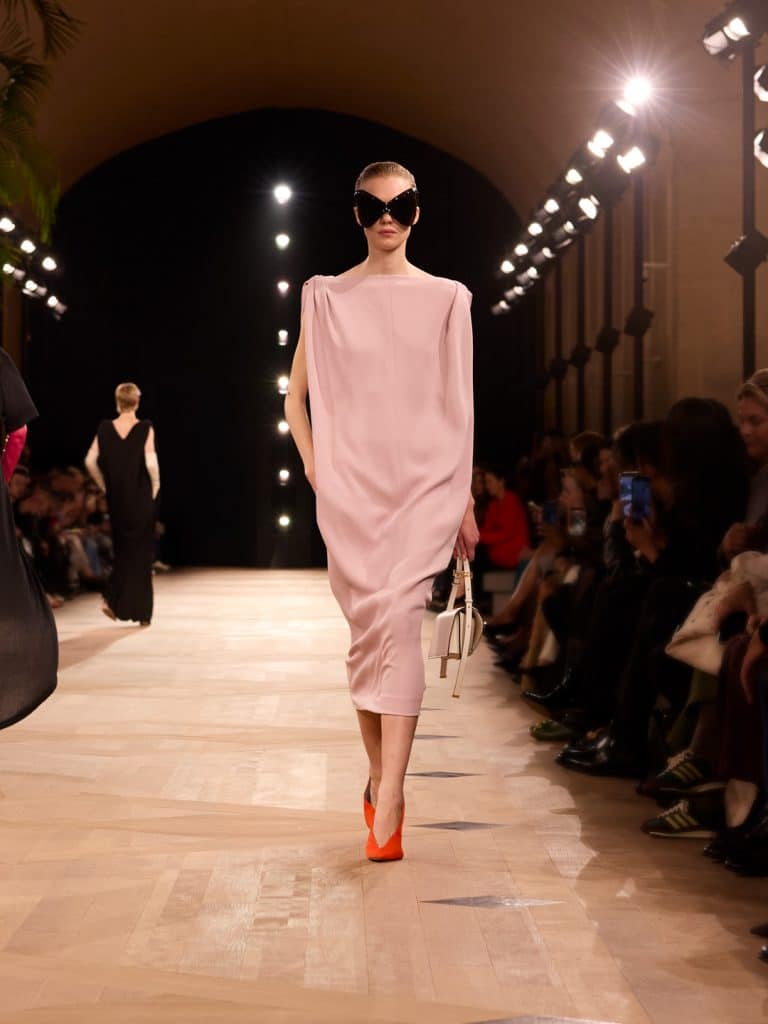
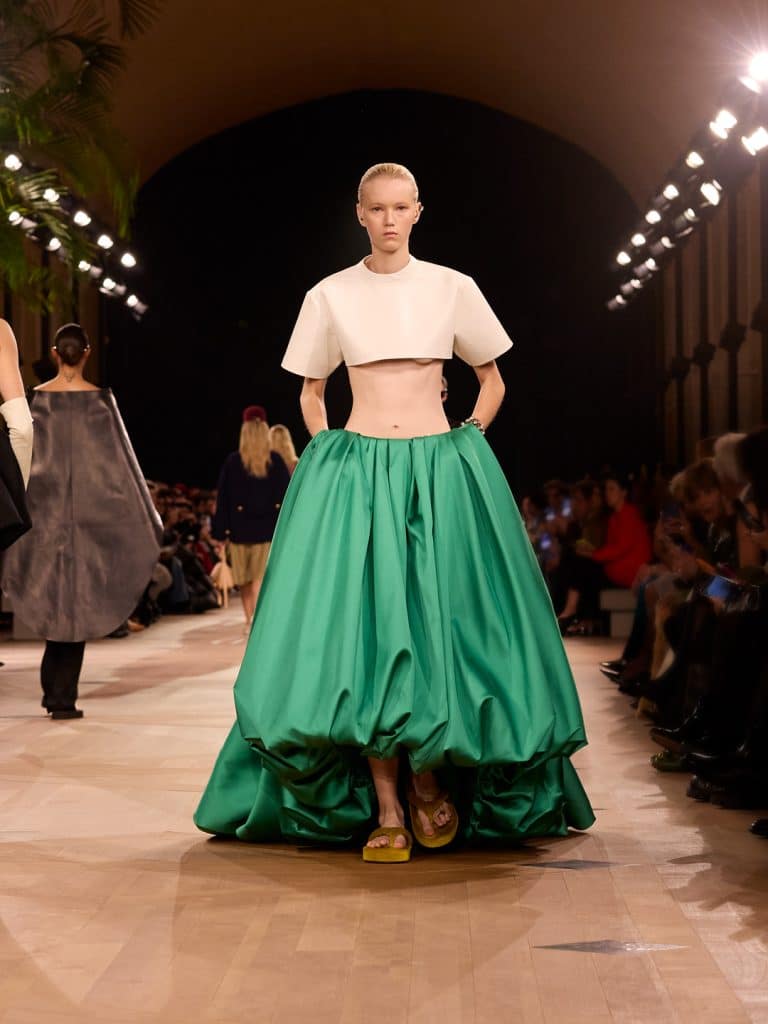
Courtesy of Balenciaga
Balenciaga saw Pierpaolo Piccioli, who officially succeeded Demna, present his first collection as creative director. It combines archival references with Demna influences. Fringe, feathers, florals, and colour brought a rebellious yet playful spirit to the runway, complete with models in casual sandals.
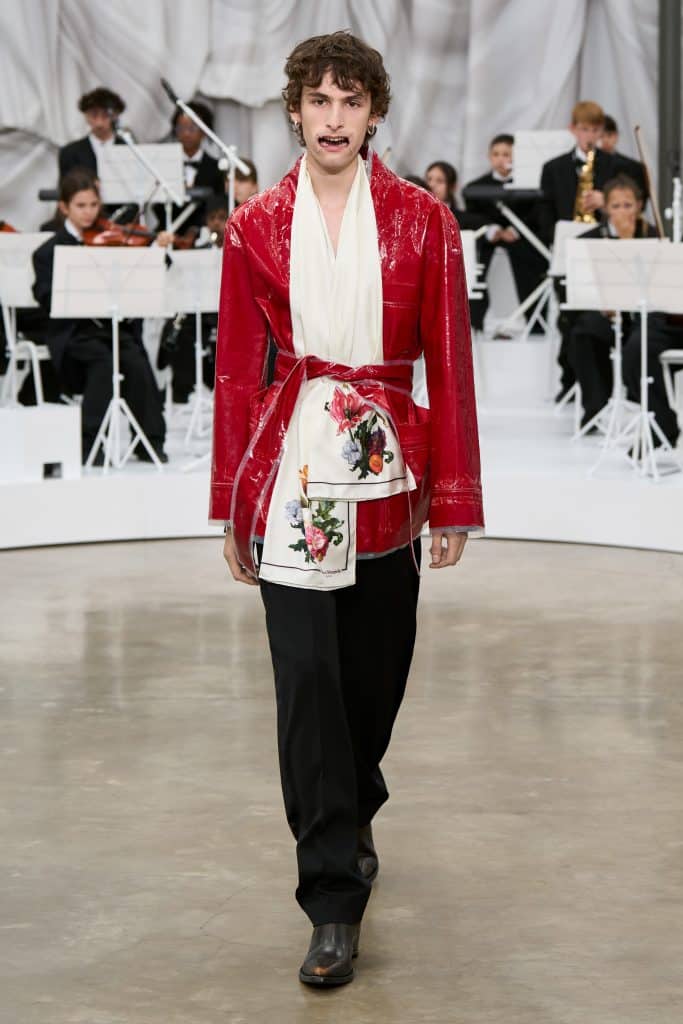
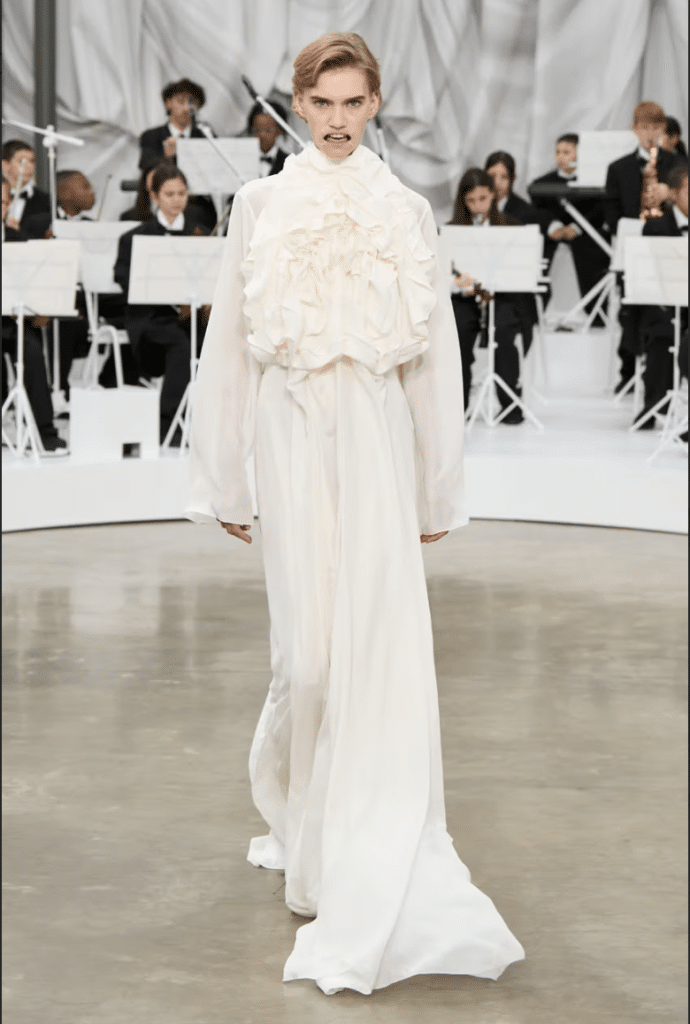
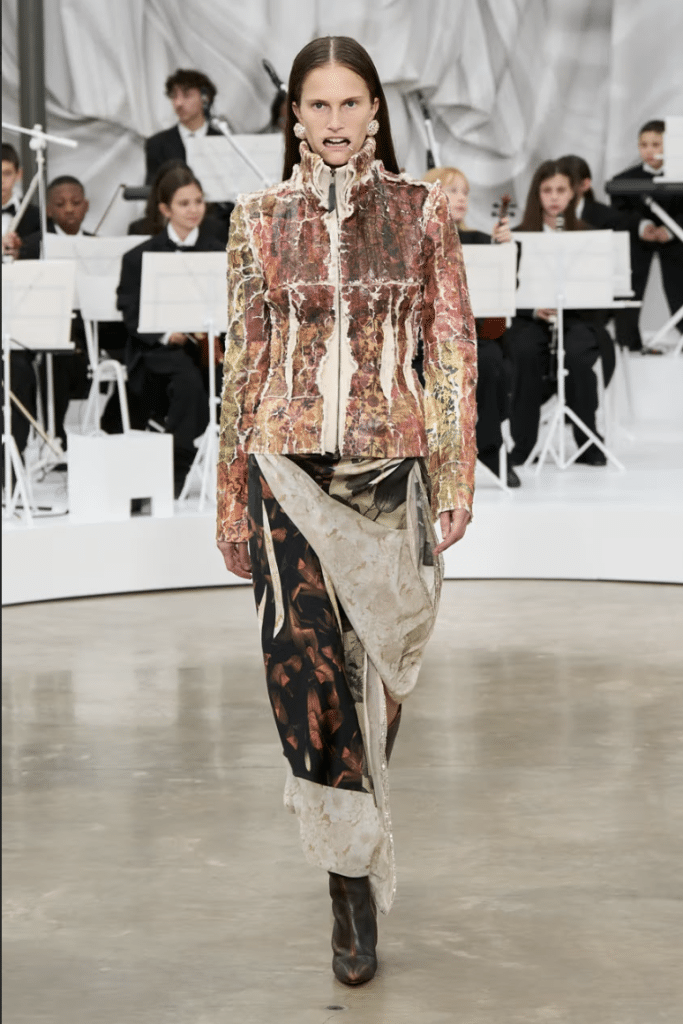
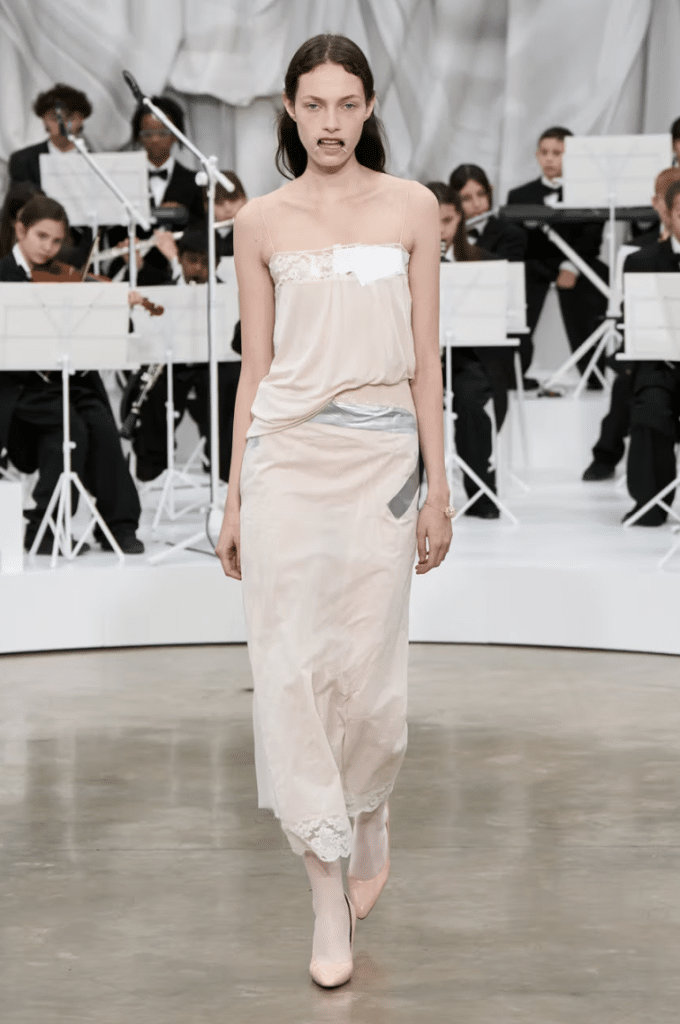
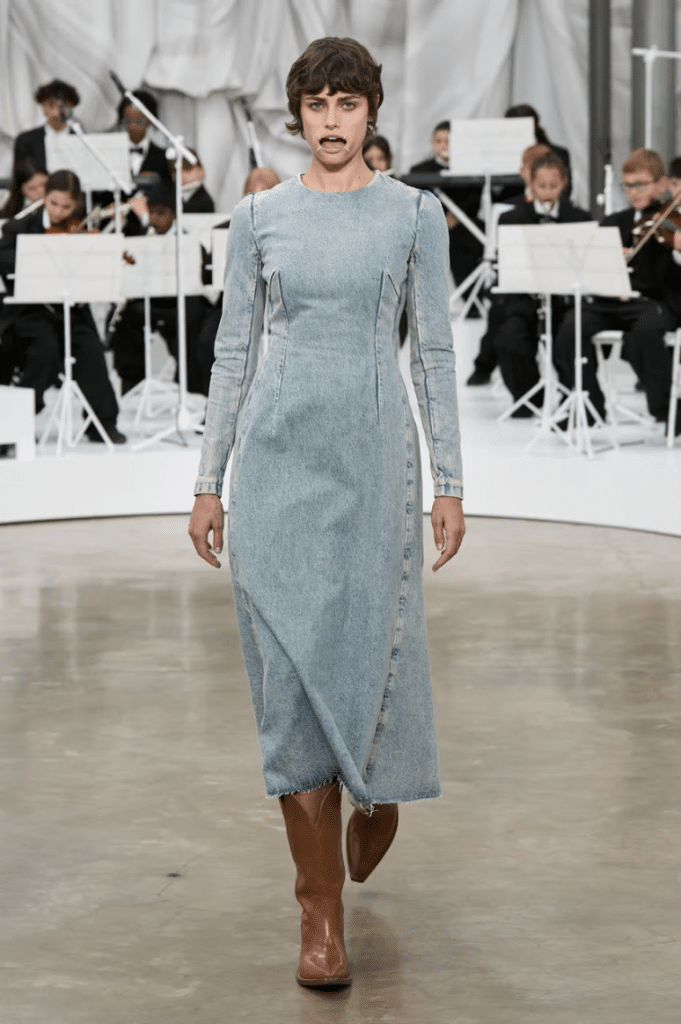
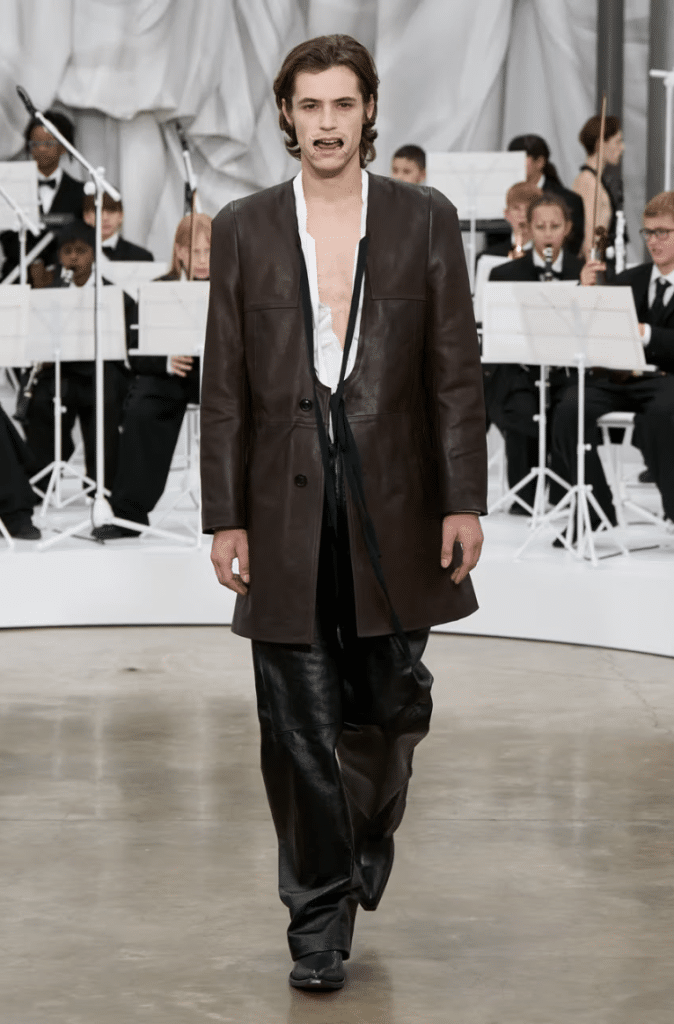
Courtesy of Maison Margiela/ Isidore Montag/ Gorunway.com
Maison Margiela, led by Glenn Martens, impressed with Gothic-inspired ready-to-wear featuring stitched model mouths forming the brand’s signature logo. The look was eerie, almost horror-like, yet the sheer, distressed pieces, combined with plastic finishes, fascinated the audience. Martens, succeeding John Galliano as Creative Director, will continue balancing his role at Diesel alongside his new creative vision for Margiela.
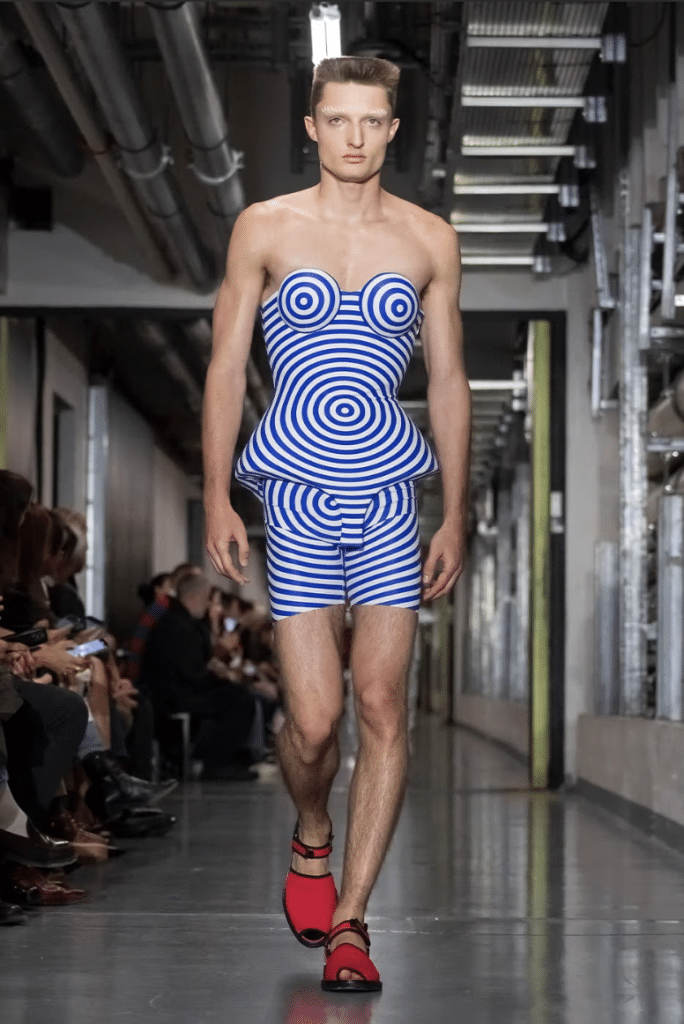
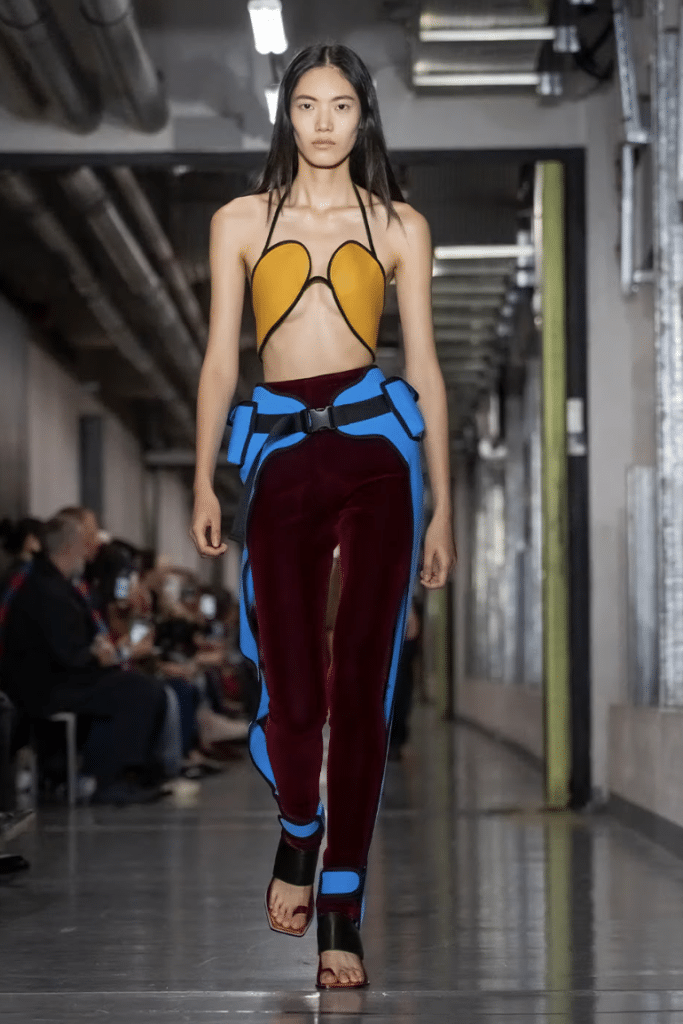
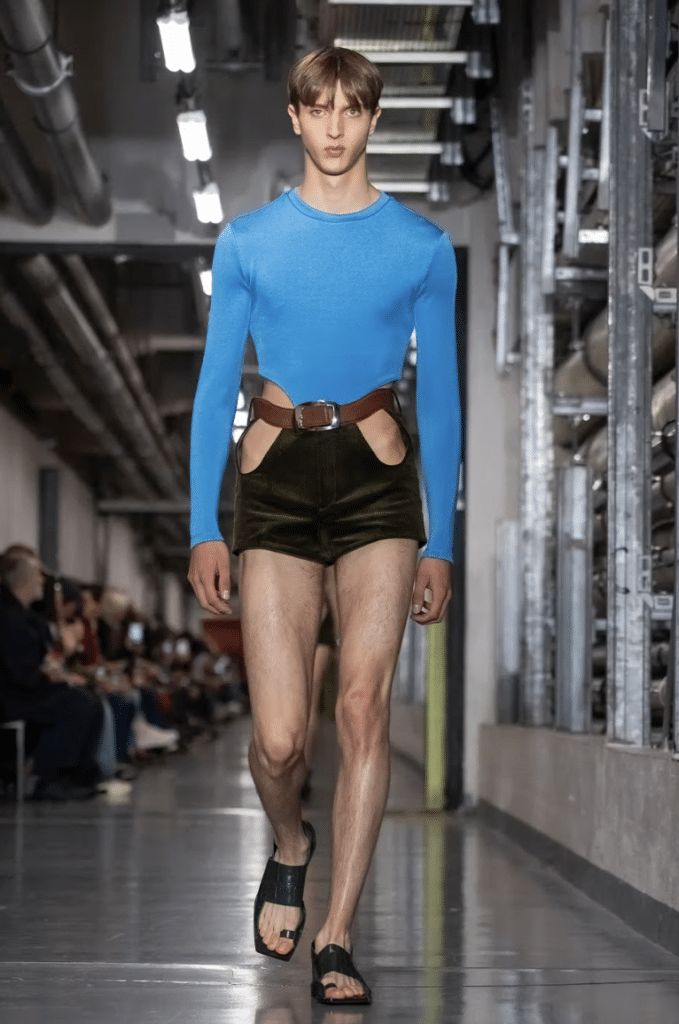
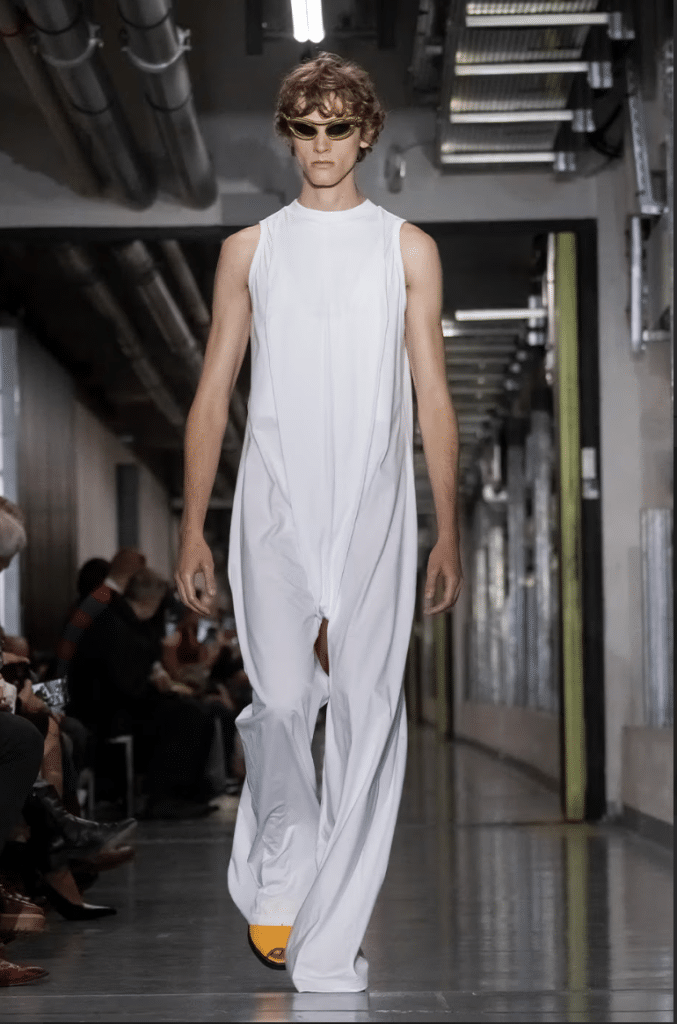
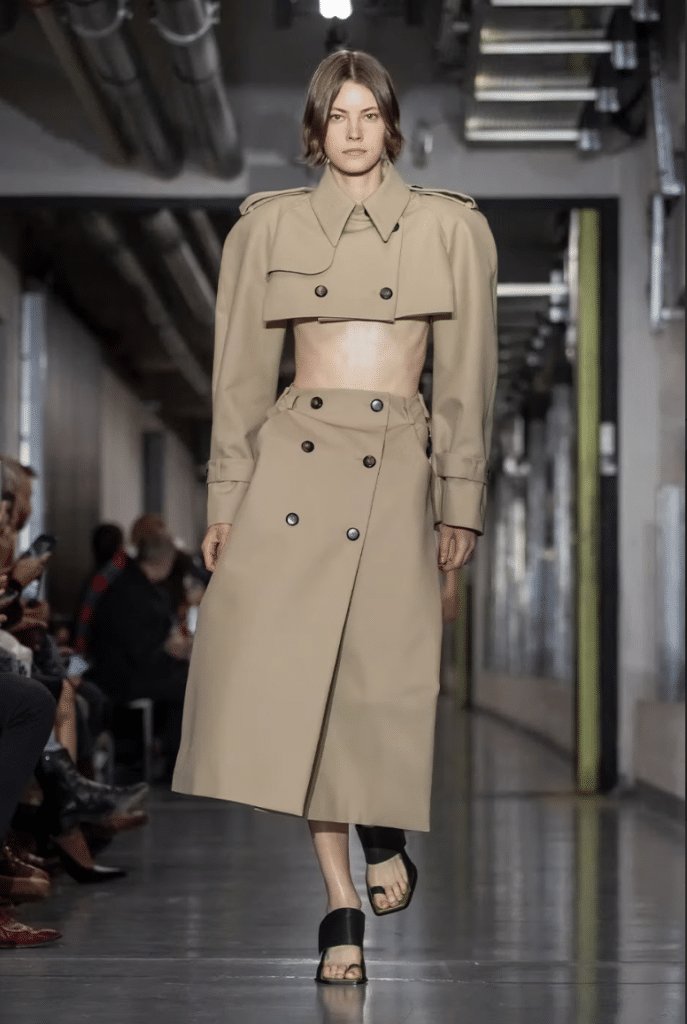
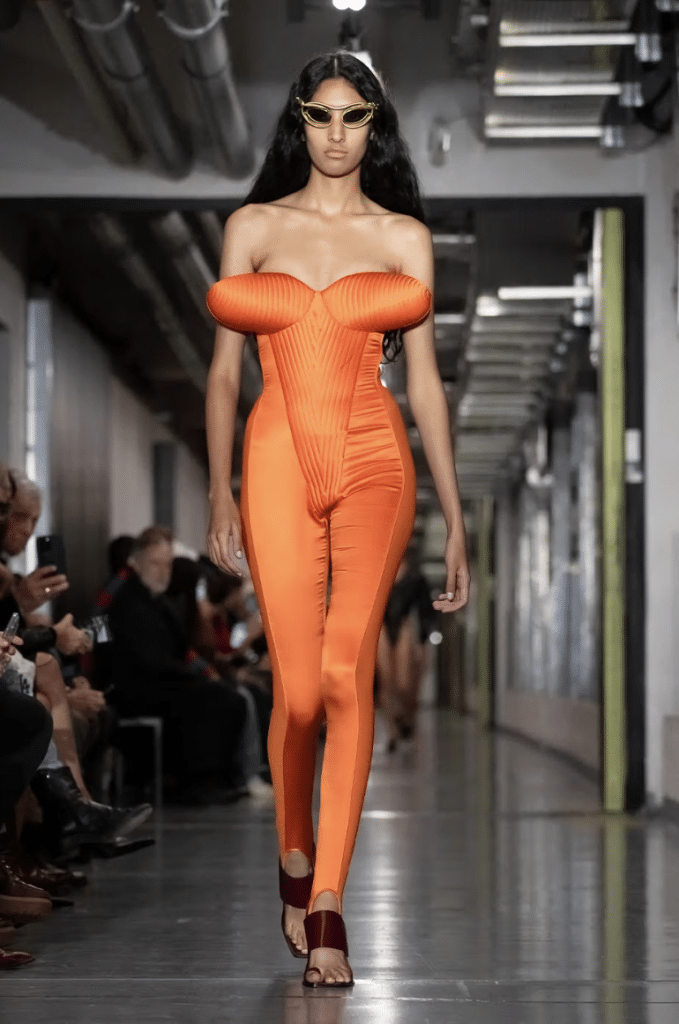
Courtesy of Jean Paul Gaultier
Five years after Jean Paul Gaultier’s retirement, the house named Duran Lantink as its permanent creative director. His debut “Junior” collection revived the house’s youthful 1980s club aesthetic. Classic Marinière stripes and tattoo-on-mesh motifs were transformed into 3D optical illusions, creating visual effects that challenge perception.
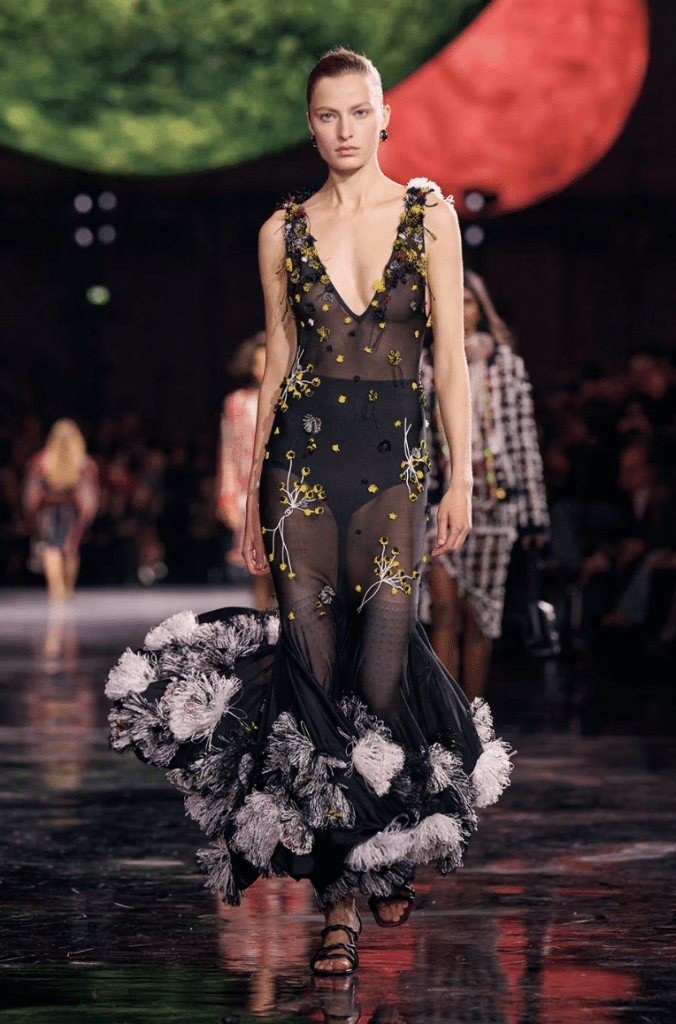
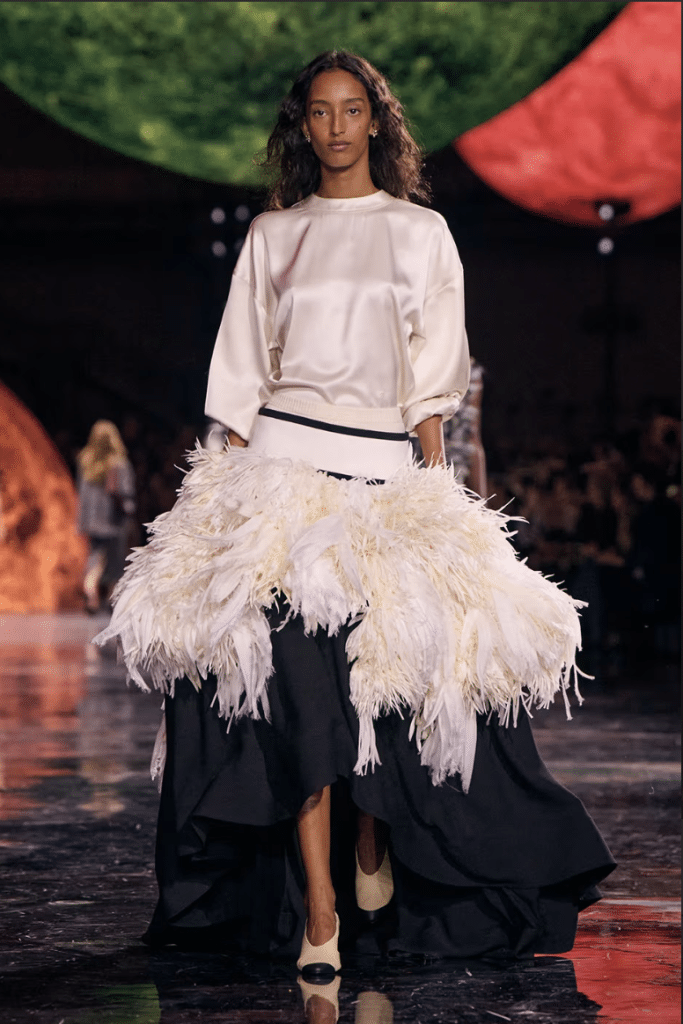

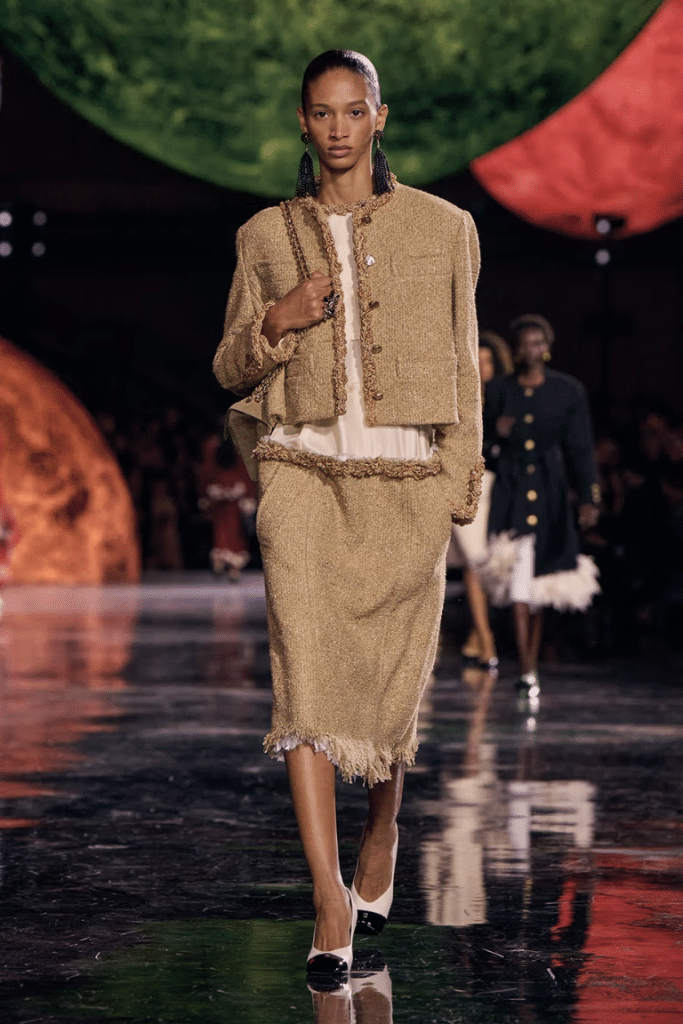
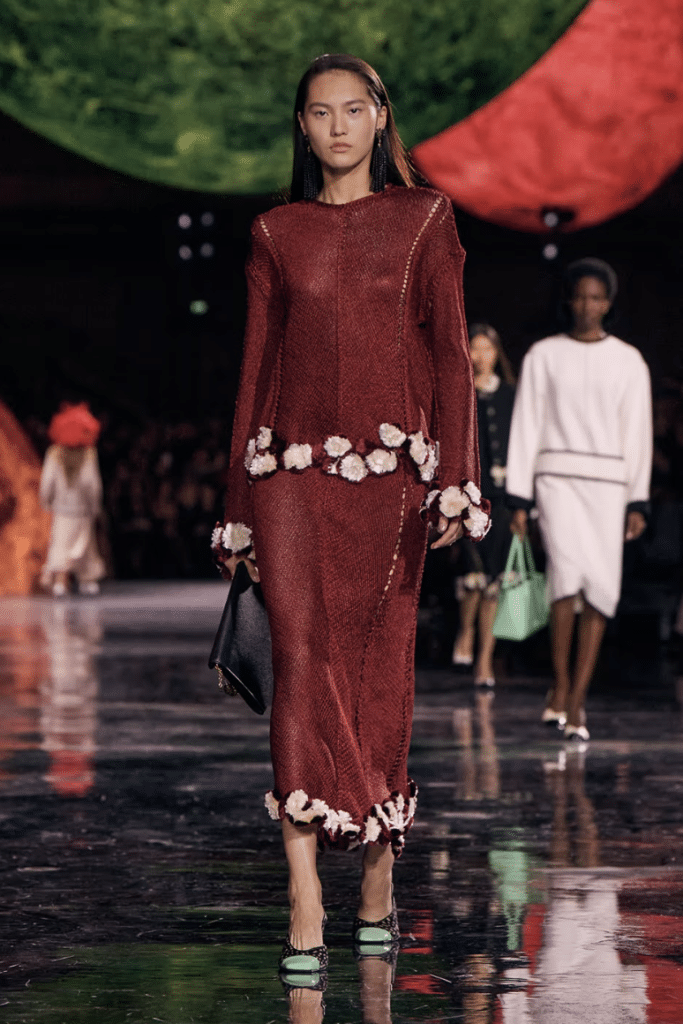
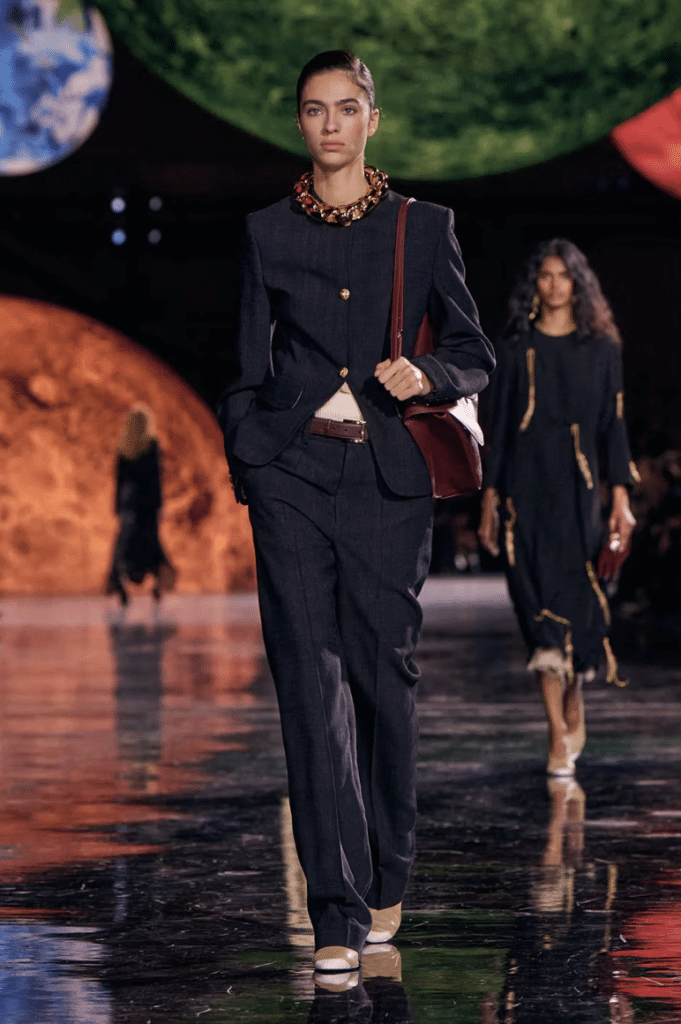
Courtesy of Chanel
Finally, Chanel, with Matthieu Blazy at the helm, combined masculine tailoring with fluid, seductive silhouettes. Low-rise cuts added a contemporary look to classic tweeds, while fringe brought a playful touch to boyish femininity. The collection showcased tweed in versatile ways, with looks styled in more than just traditional pairings. Overall, the runway told a story that ranged from minimalist to dramatic expressions. Blazy’s appointment follows Virginie Viard’s departure in June 2024, after five years as creative director and nearly three decades with the house.
From surreal twists to elegant reinventions, Spring/Summer 2026 proved that creativity, heritage, and audacity can coexist, leaving no room for a flop this season.
Wandering around the globe, try out the signature tastes of cultures across ...
These top 5 barber shops in Bangkok are where gentlemen can elevate ...
Sailorr and Molly Santana’s black grills fuse hip-hop swagger with homage to ...
The Koktail Thailand Charity Dinner at Gaysorn Urban Resort marked an unforgettable ...
The Koktail Thailand Restaurant Guide Awards 2026 took place on 12 November ...
Meet Martin Constable, the Vietnam-based artist whose works are collected by icons ...
Wee use cookies to deliver your best experience on our website. By using our website, you consent to our cookies in accordance with our cookies policy and privacy policy